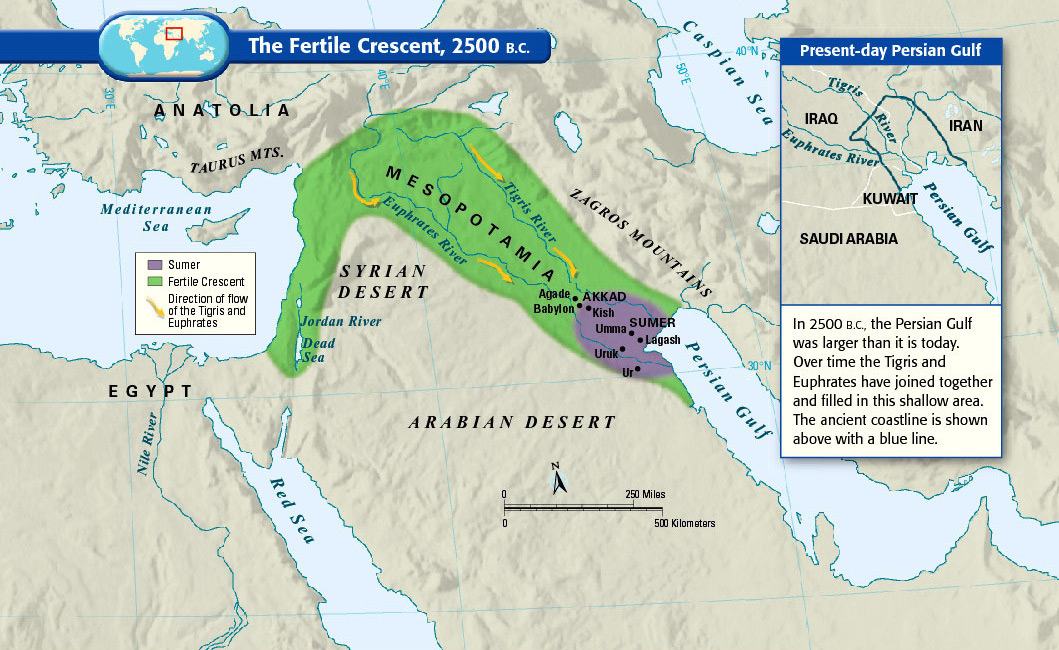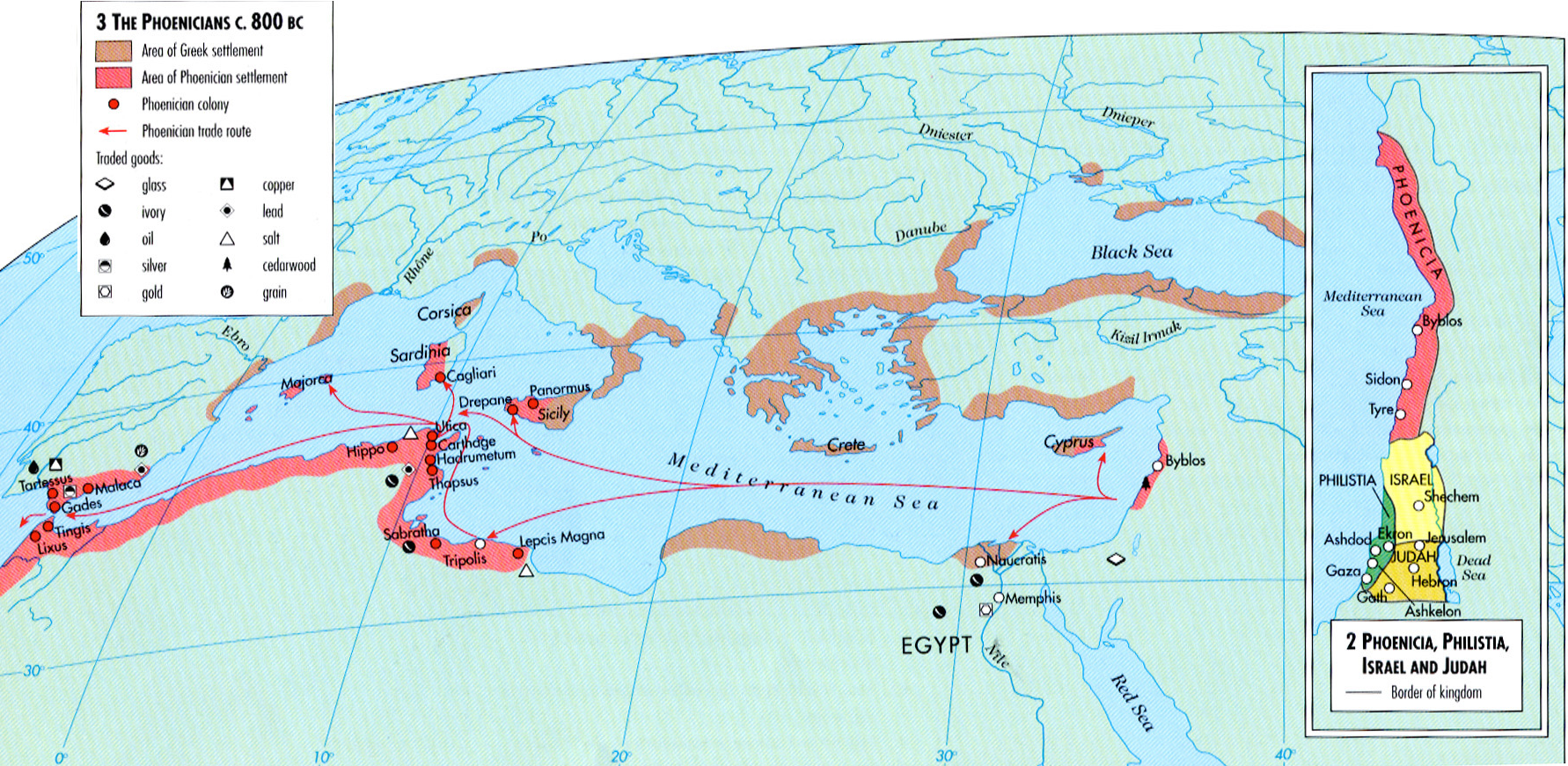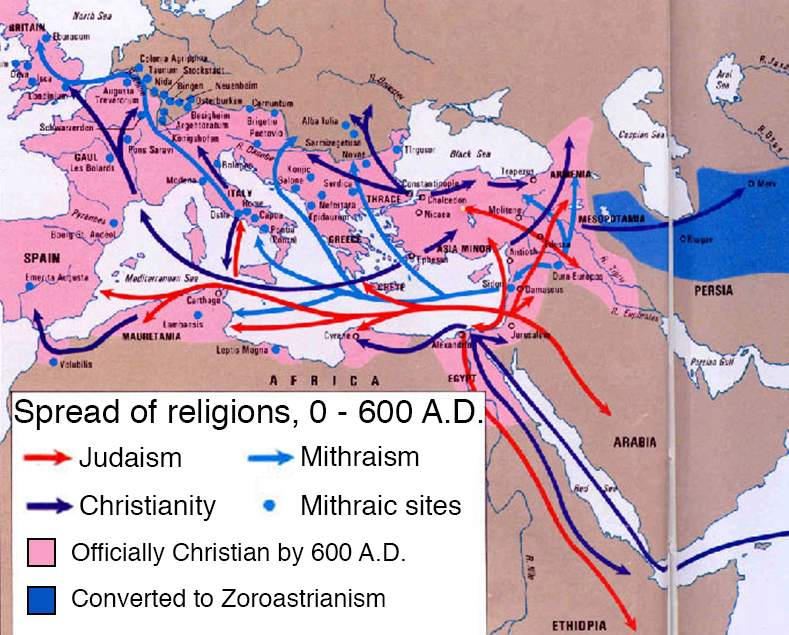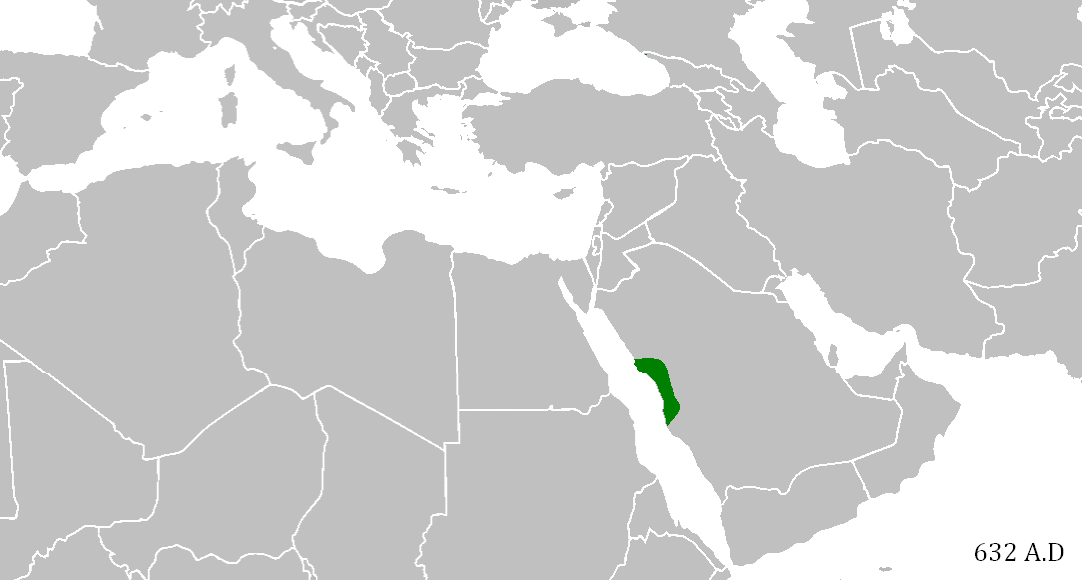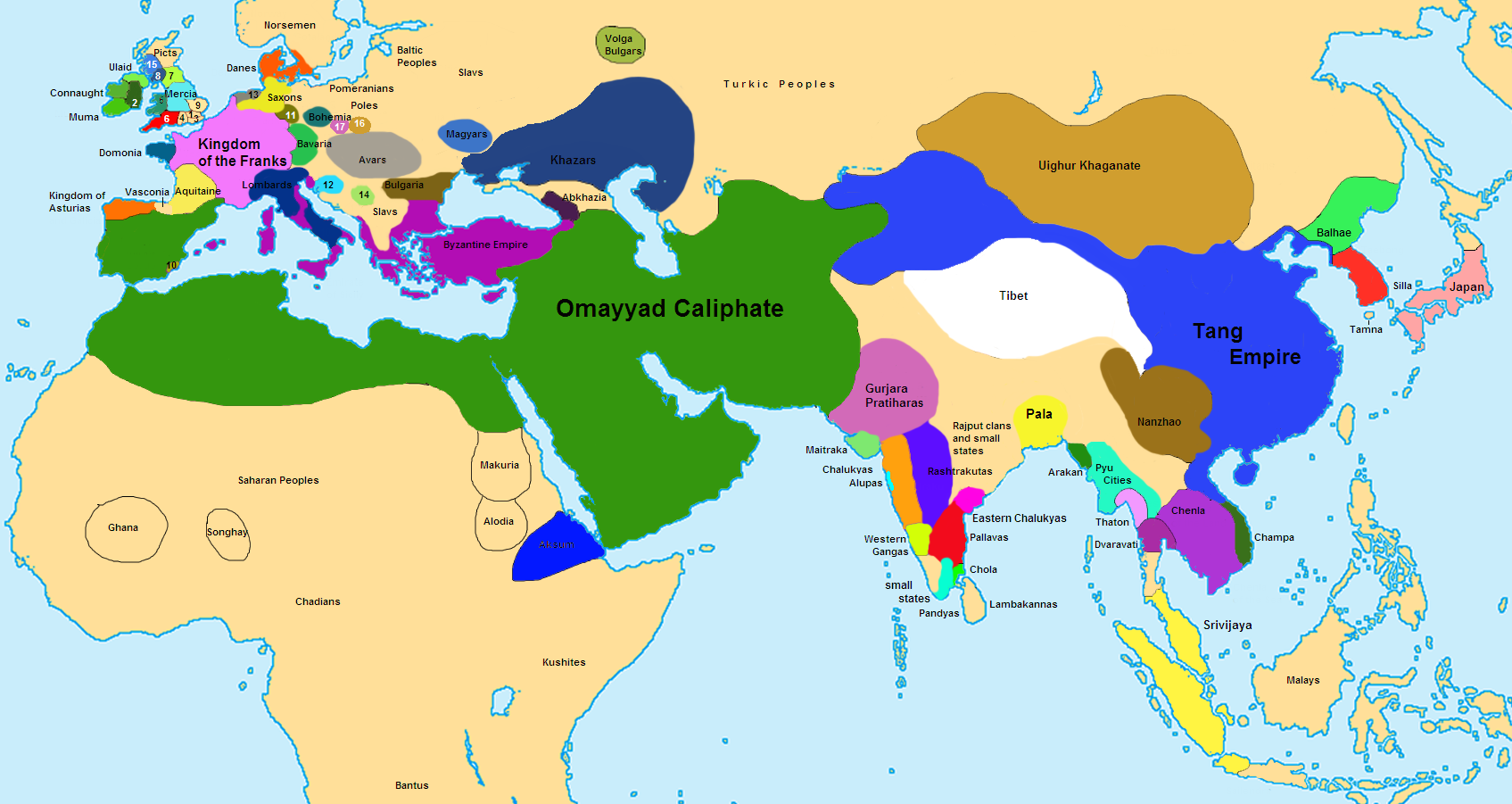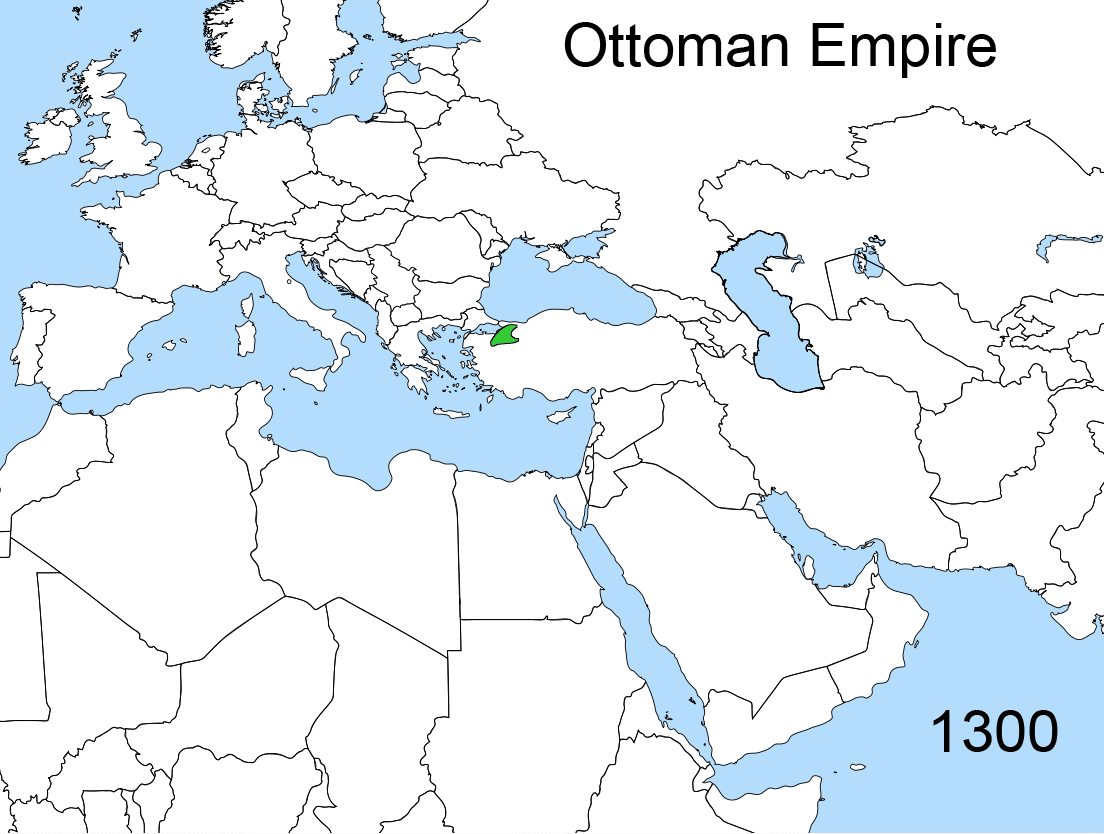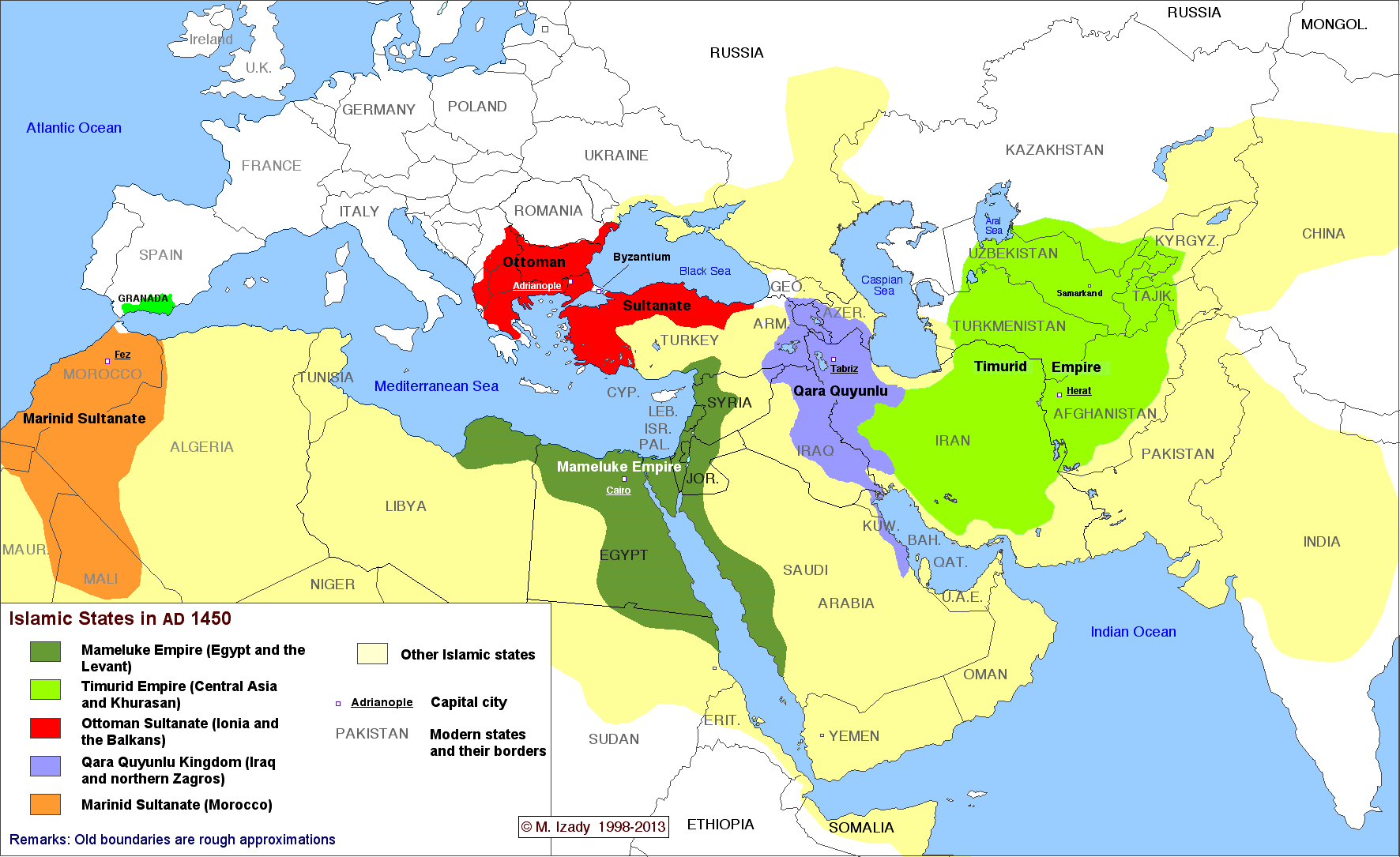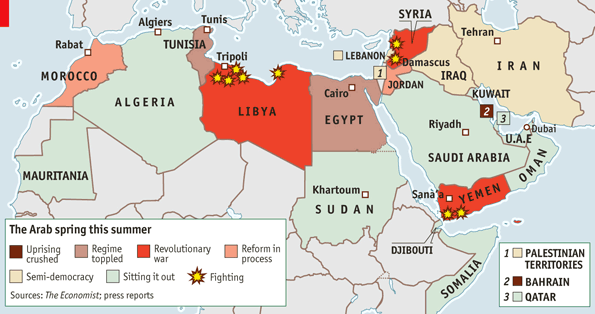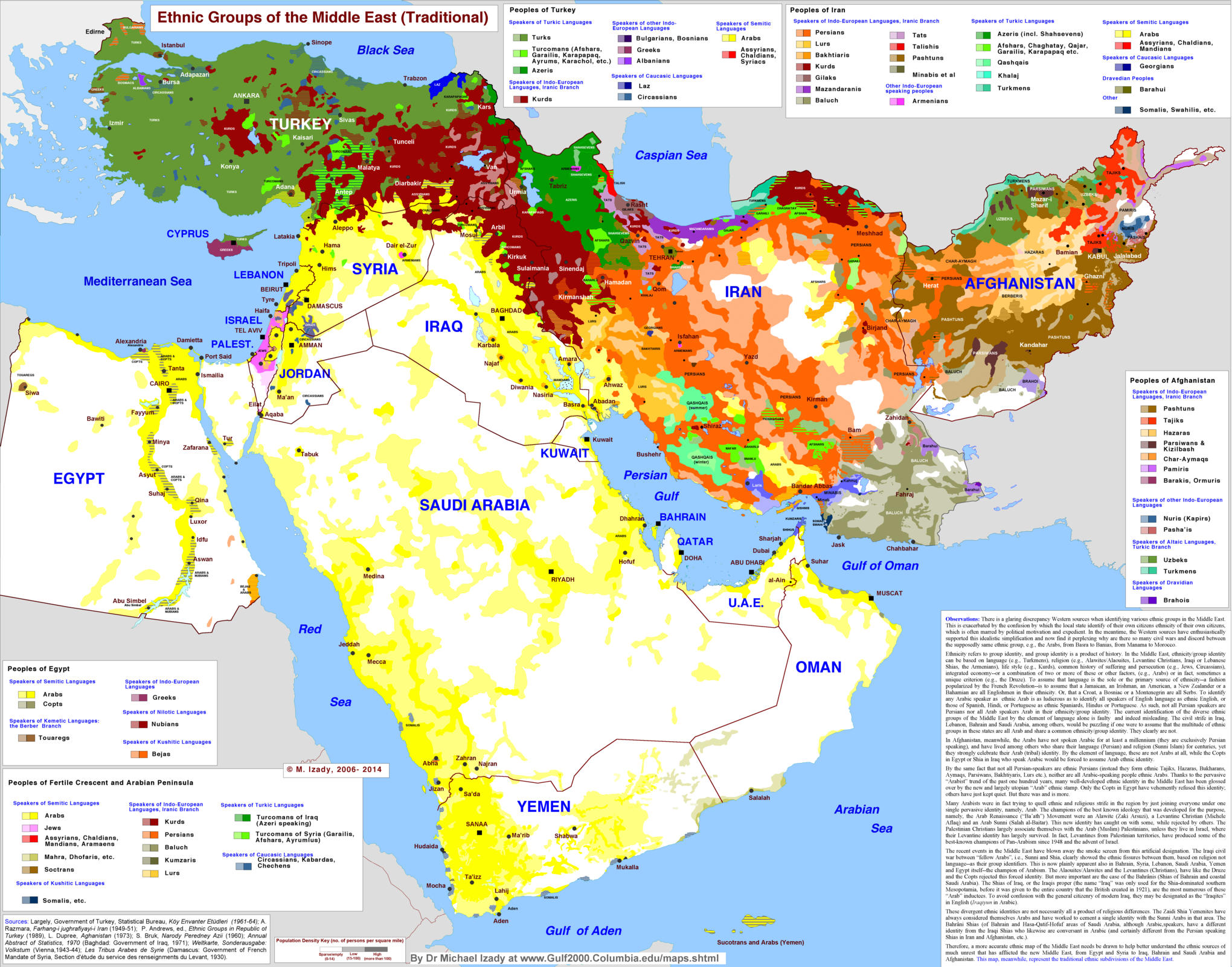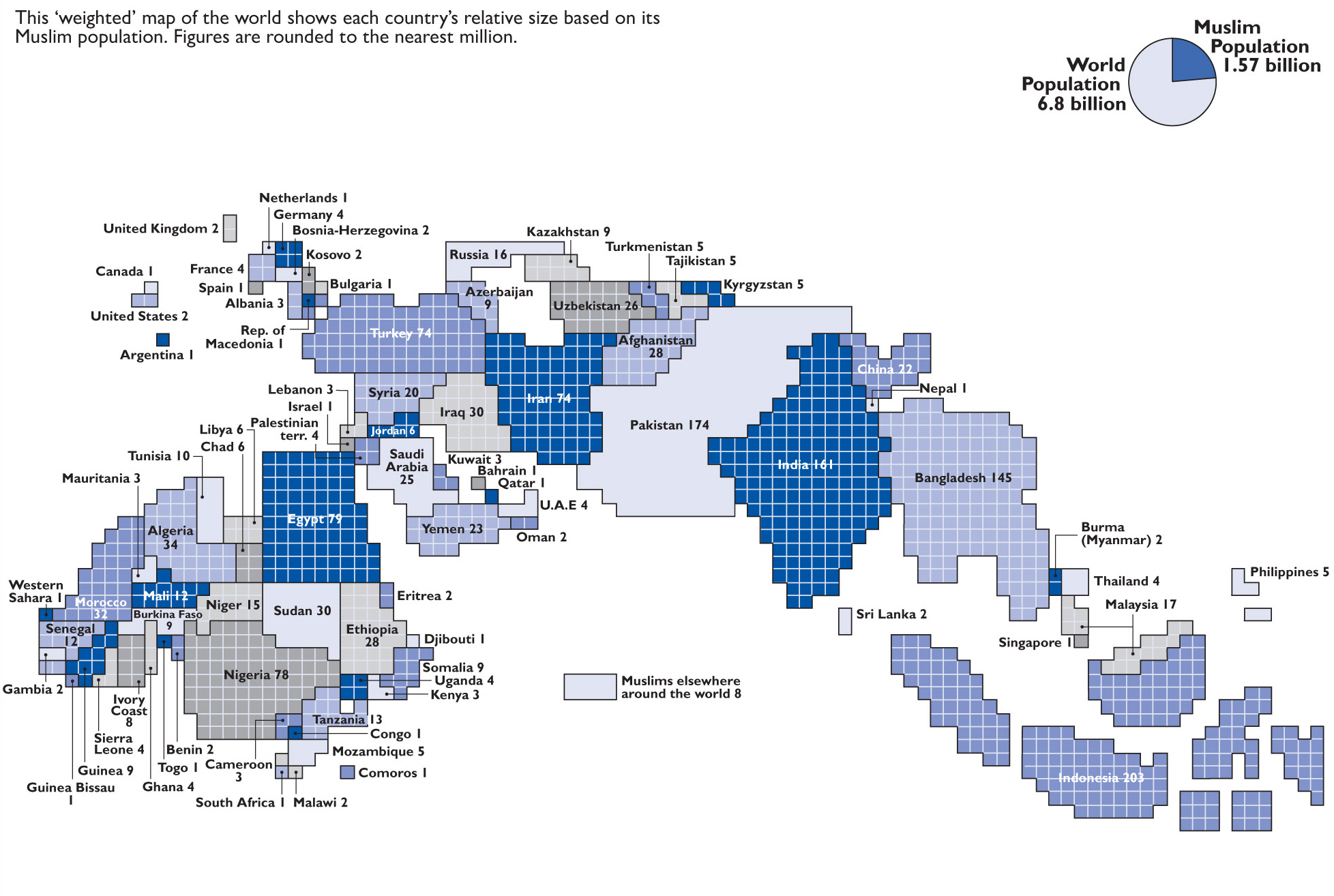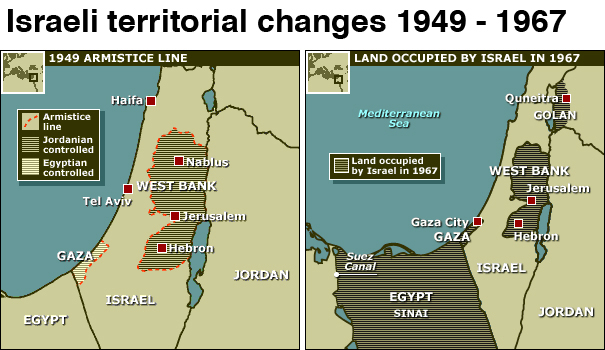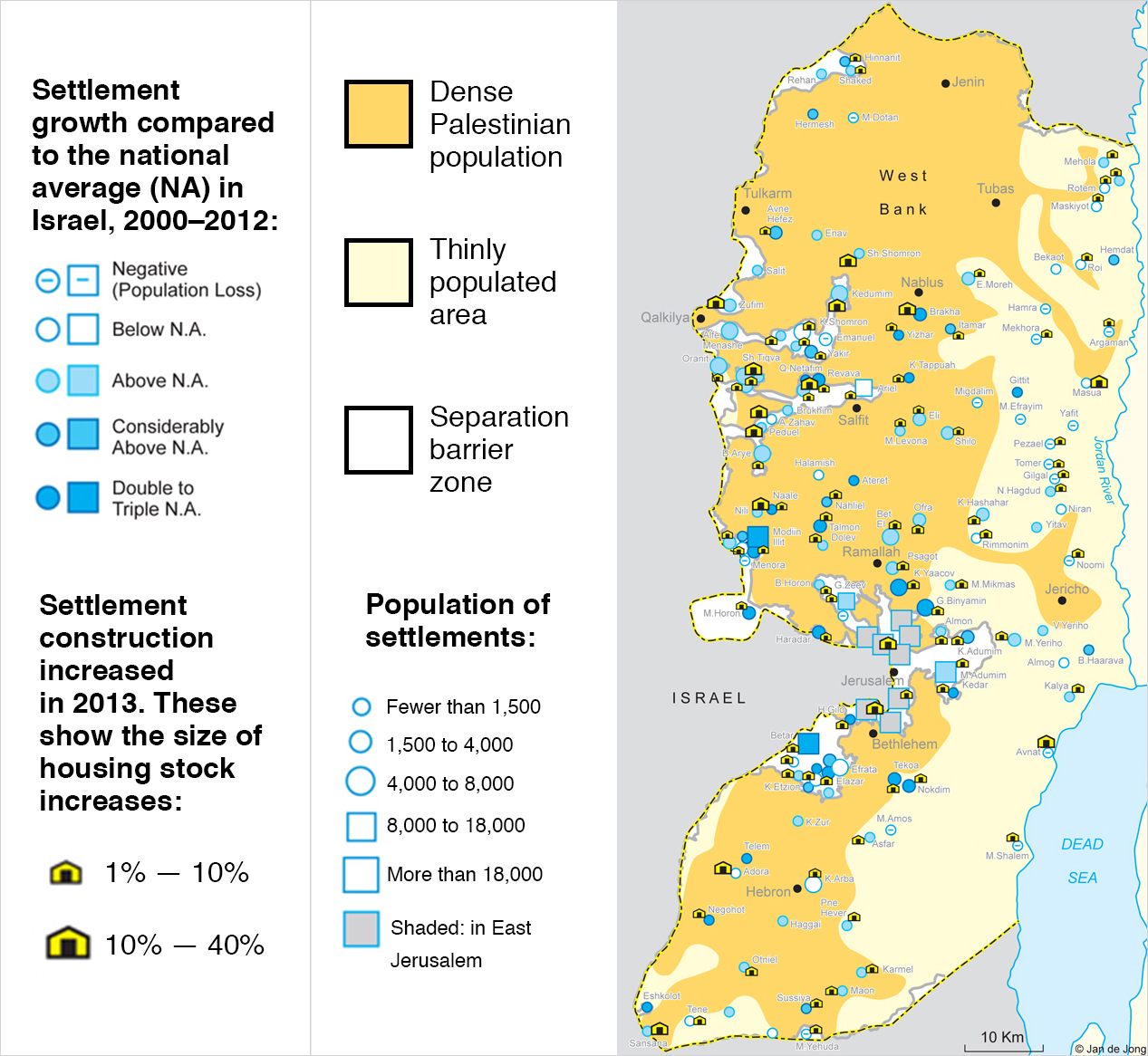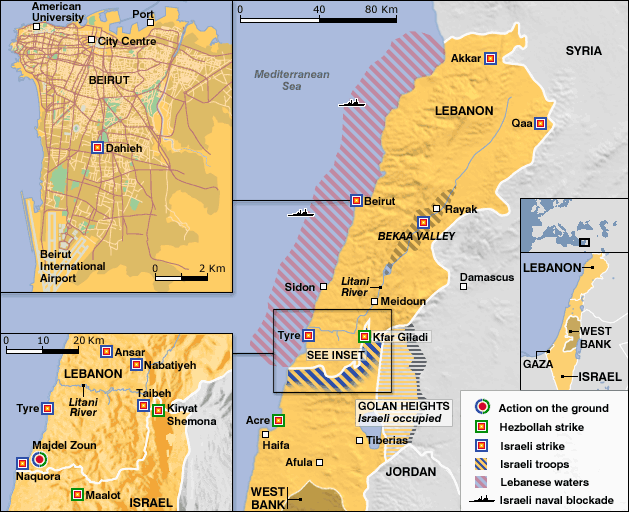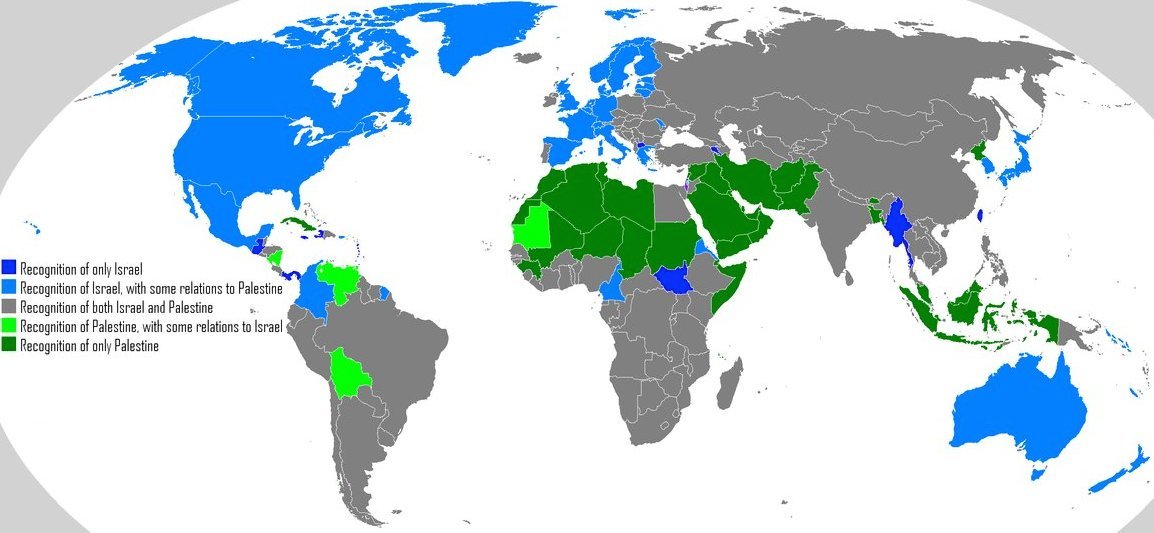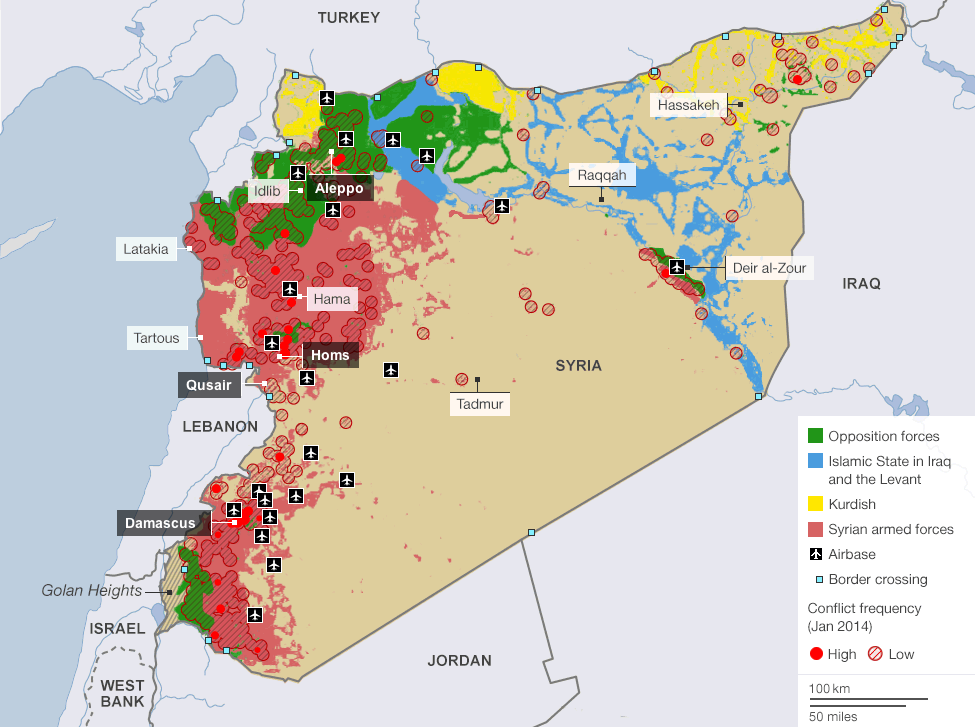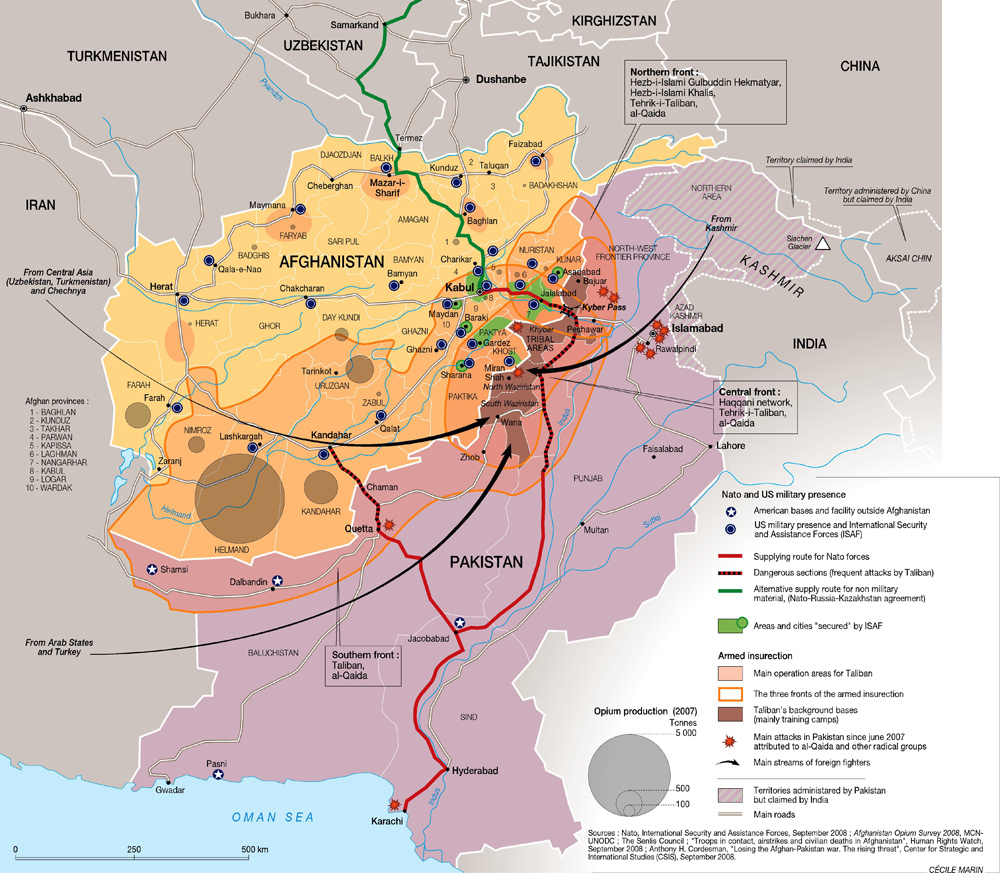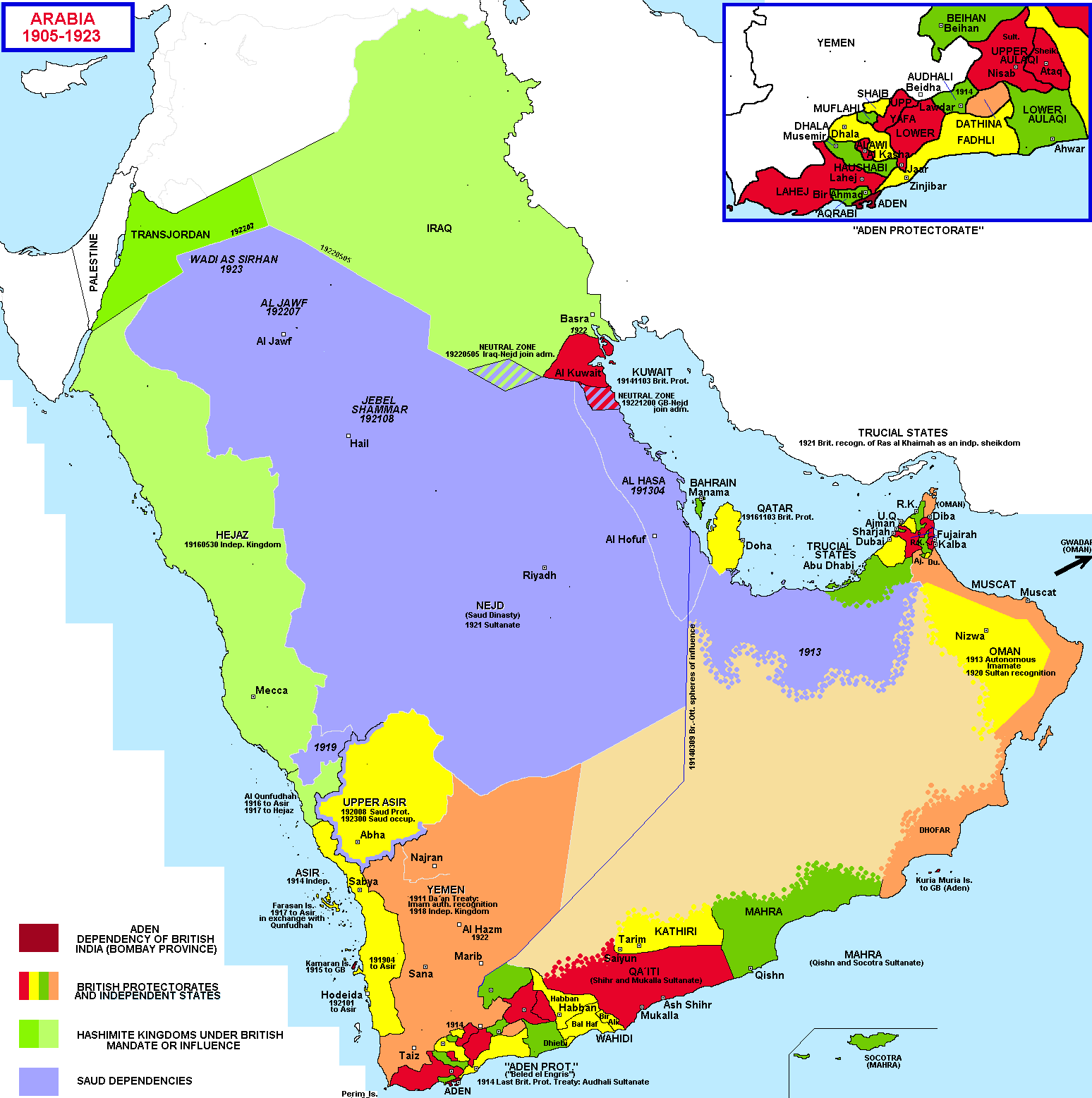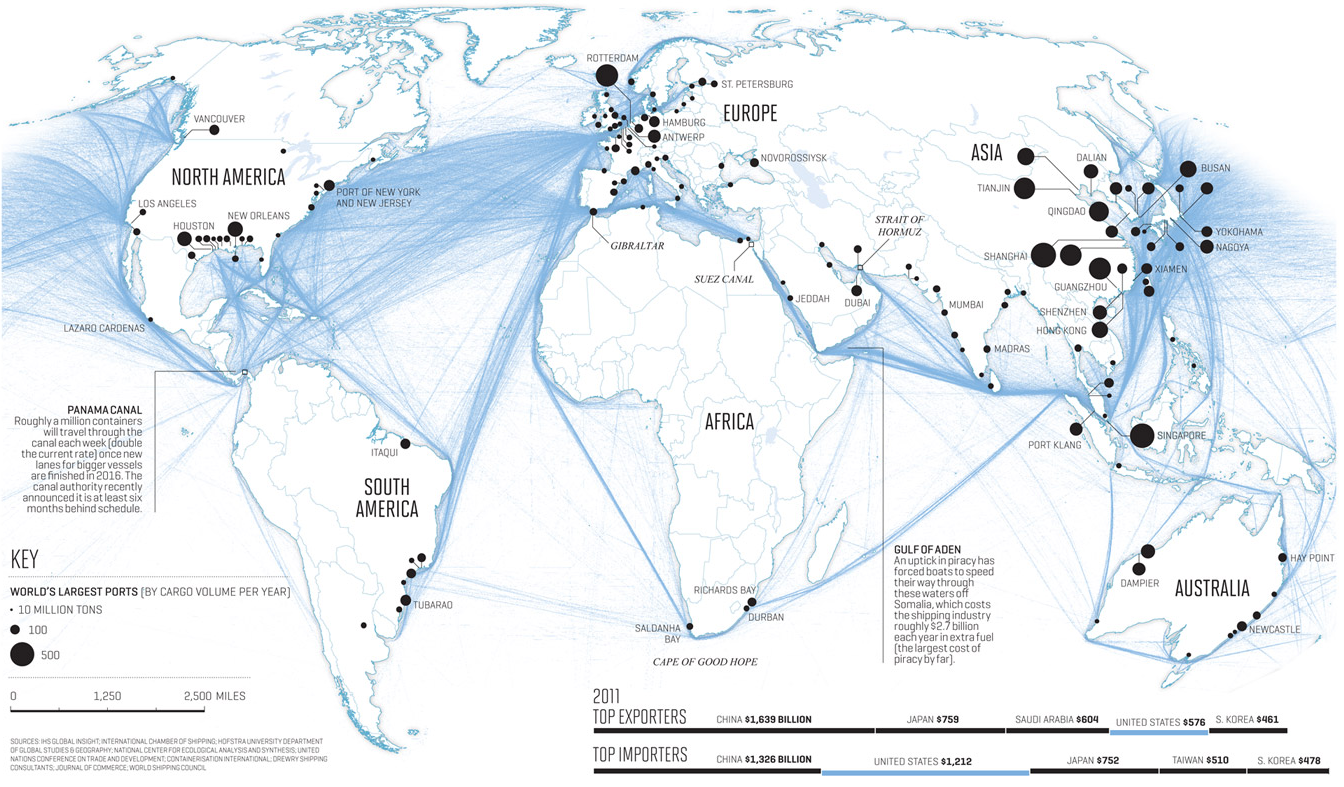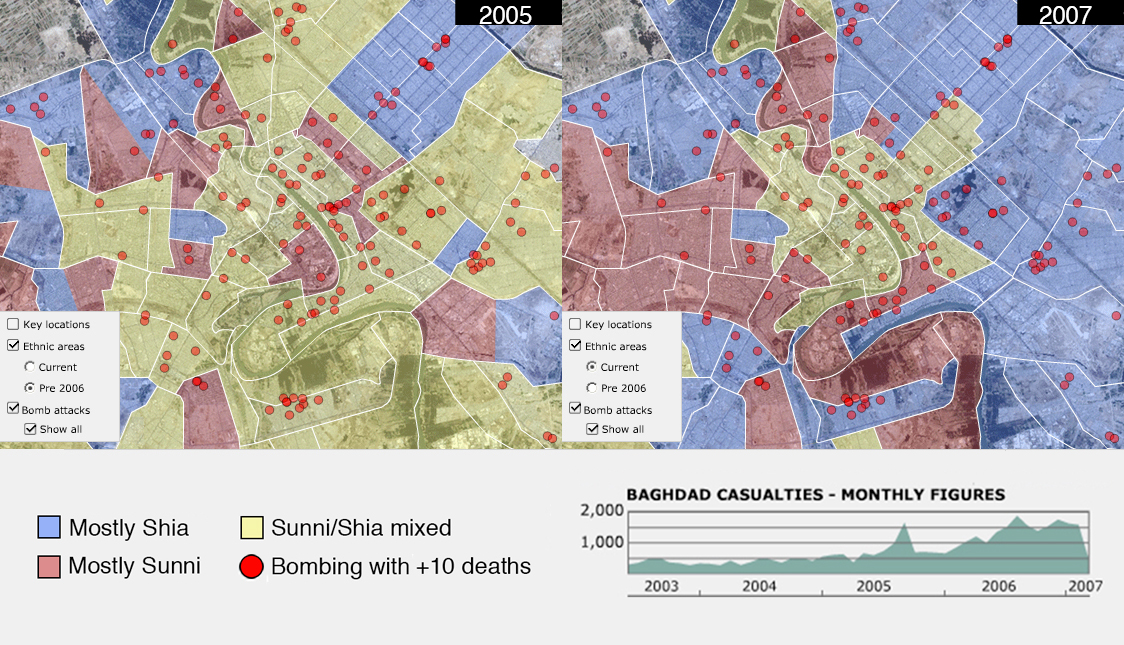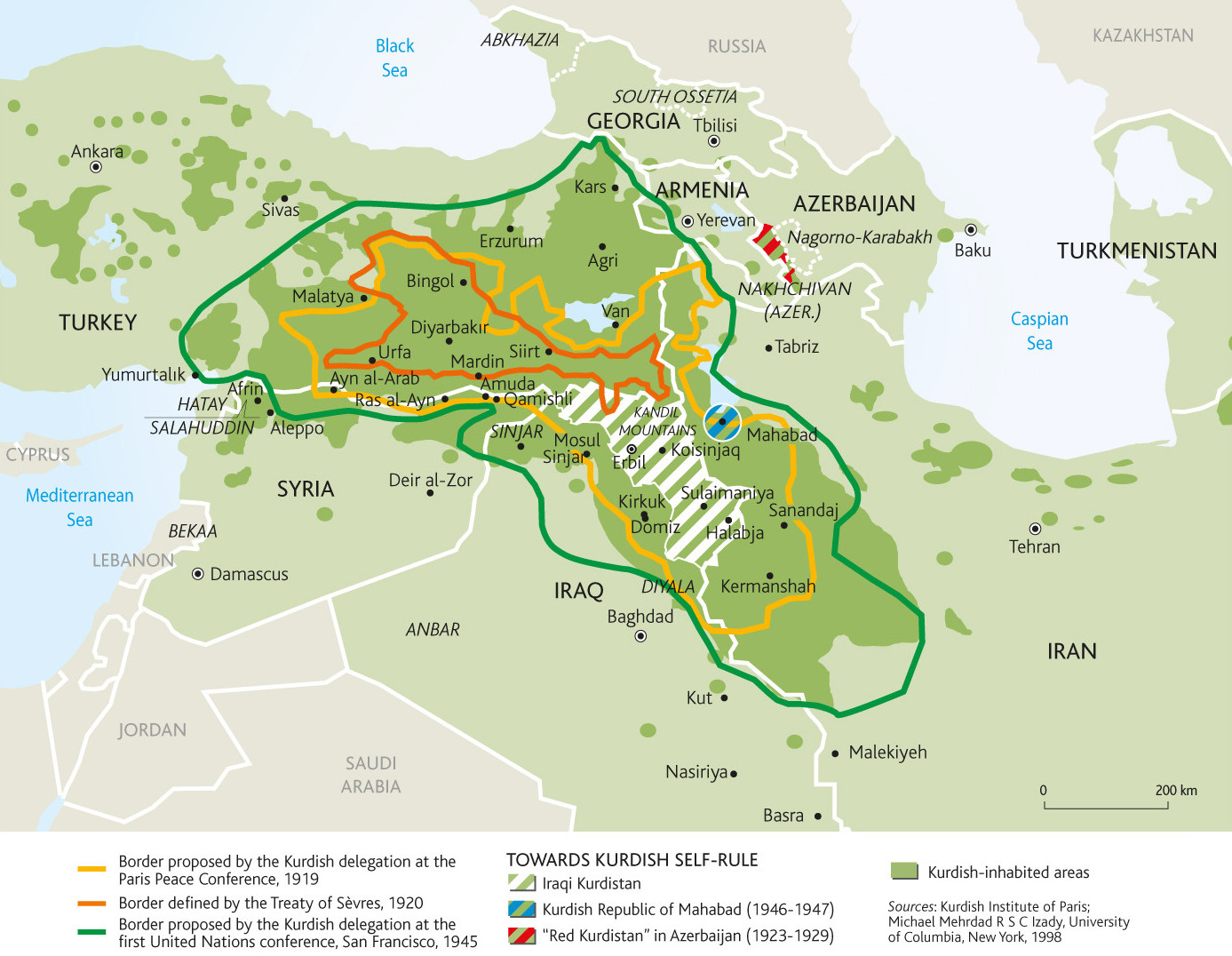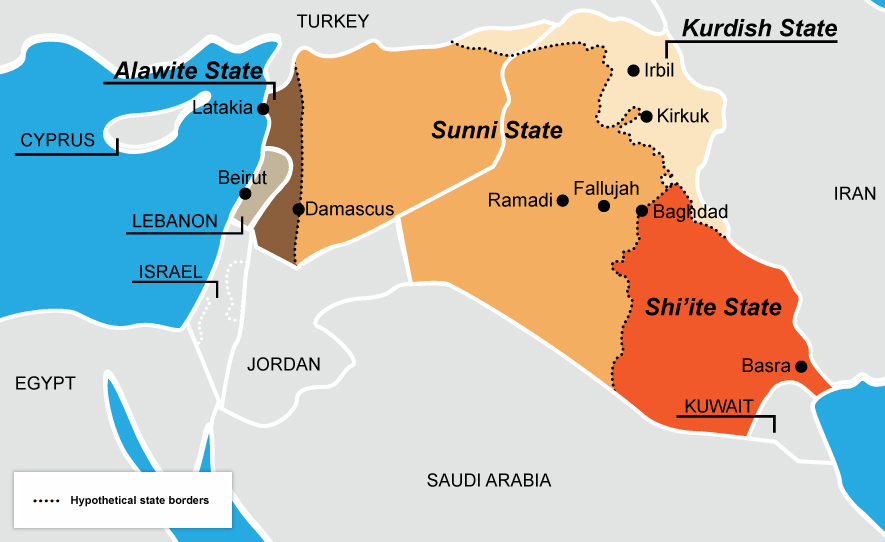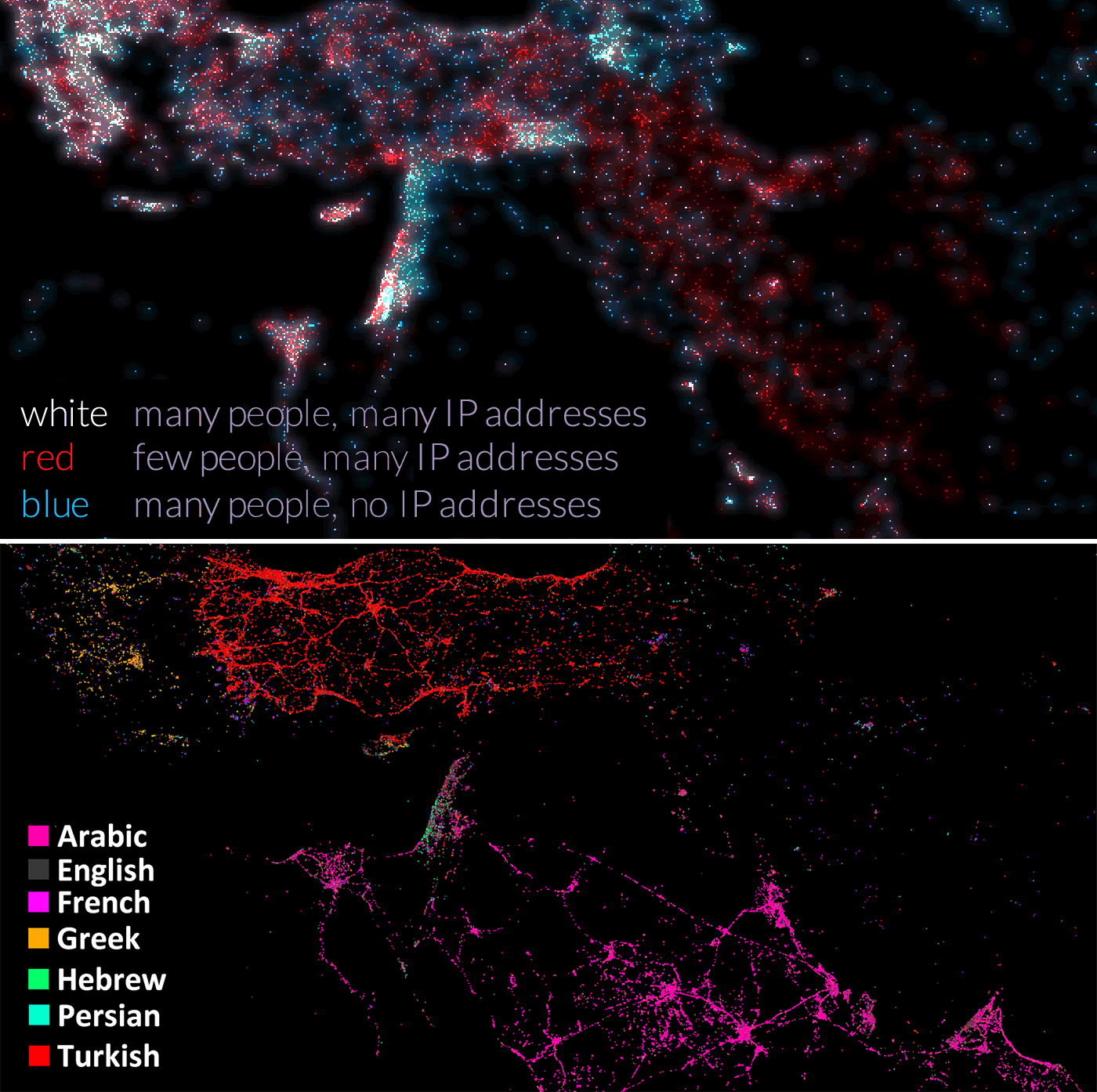GlobalmbWatch: US media has announced the appointment of Zaki Barzinji, age 27, as the new liaison to the Muslim American community under the White House Office of Public Engagement. According to a Huffington Post report:
May 26, 2016 With Islamophobia rampant in communities across the US, Muslim Americans now have a chief ally at the White House.
Zaki Barzinji, former Deputy Director of Intergovernmental Affairs for Gov. Terry McAuliffe (D-Va.), recently assumed the new role as liaison to the Muslim American community under the Office of Public Engagement, the White House director of specialty media told The Huffington Post this week. In his new post, Barzinji will plan outreach to Muslim Americans, as well as Sikhs, Buddhists, and Hindus, working to ensure that these communities are represented at the federal level.
‘A big part of this role is making sure the national conversation about these communities is not framed through a single lens, but covers the full range of issues that Muslims and other Americans face,’ Barzinji, 27, said in a statement to The Huffington Post.
Zaki Barzinji, 27, recently began as liaison to the Muslim American community under the White House Office of Public Engagement. The Virginia native and former president of Muslim Youth of North America has experience bringing underrepresented groups into the public arena. While working in the governor’s office, Barzinji served as a liaison to the Virginia Asian Advisory Board and prior to that directed outreach to Arab American and Asian American and Pacific Islander communities for McAuliffe’s 2013 campaign.”
Read the rest here.
It would appear that in reality, it is not “Muslim Americans” who now have a chief ally at the White House but rather the US Muslim Brotherhood. Among other things, Zaki Barzinji is the grandson of the late Jamal Barzinji, of one of the most important founders of the US Brotherhood. As we noted in October 2015 in our obituary for Jamal Barzinji, according to a history of the US Muslim Brotherhood (USMB), authored by the GMBDW editor:
Three individuals—Ahmad al-Haj Totonji, Dr. Jamal al-Din Barzinji, and Dr. Hisham Yahya al-Talib—played key roles in the founding and development of MSA [Muslim Student Association]. All were born in the Kurdish, northern part of Iraq, and may have met there or possibly later in Britain, where all three received their undergraduate education in engineering An FBI memo has identified Barzinji and al-Talib as members of the Muslim Brotherhood prior to establishing a residence in the US. The Washington Post adds that [Barzinji] fled Iraq in 1969 when the Ba’athist regime started executing fellow Islamists. After completion of their studies in Britain, the three came to the United States, ostensibly for graduate study but also to continue organizing Muslim youth activities
As the above report goes on to explain, Dr. Barzinji went on to play key roles in the founding of the Saudi World Assembly of Muslim Youth (WAMY), said by US government agencies and officials to have helped spread Islamic extremism and terrorism around the world, as well as most of the important organizations comprising the US Muslim Brotherhood including the North American Islamic Trust (NAIT), the Islamic Society of North America (ISNA), and perhaps most famously the International Institute of Islamic Thought (IIIT). In January 2014, the GMBDW reported that elements of the US Muslim Brotherhood had organized a dinner in honor of Dr. Barzinji and the IIIT. In May of this year, we reported that the Center for the Study of Islam and Democracy (CSID) awarded the organization’s “Muslim Democrat of the Year” award posthumously to the late Jamal Barzinji as well as to his colleague, the late Taha Jabir Al-Alwani, another founding figure of the US Muslim Brotherhood and both co-founders of CSID. CSID itself was founded in 1998 in what appears to have been a cooperative effort among the US Muslim Brotherhood, the US State Department and Georgetown University academic Dr. John Esposito with the aim of promoting “Islamic Democracy.”
Zaki Barzinji himself has participated actively with US Muslim Brotherhood organizations including as noted above the Muslim Youth of North America (MYNA) associated with the Islamic Society of North America (ISNA) and, as the GMBDW reported in 2008, appearing as a MYNA representative alongside important leaders of the US Muslim Brotherhood. Zaki Barzinji joins a long list of individuals tied to the US Muslim Brotherhood who have been invited by the Obama Administration to serve as important advisors including:
- Mazen Asbahi- On August 1 2008, the GMBDW (then known as the GMBDR) ran a post identifying Chicago lawyer Mazen Asbahi as an adviser to the North American Islamic Trust (NAIT) and NAIT as part of the US Muslim Brotherhood and which was named as an unindicted co-conspirator in the Holy Land Foundation terrorist trial, as was NAIT board member Jamal Said. The post also listed Mr. Asbahi’s connection to the Islamic Society of North America (ISNA). The GMBDW ran a second post on the same day that identified Asbahi’s ties to two further US Muslim Brotherhood organizations- the Institute for Social Policy and Understanding and an Illinois LLC called SA Consulting. At this time the GMBDR was private and the post received very little attention until August 6th when the Wall Street Journal published an article revealing that Mr. Asbahi had resigned from the Obama campaign after the Journal had queried him about his USMB ties. The Journal credited the GMBDR for breaking the story.
- Dahlia Mogahed- On April 12 2009, the GMBDW reported that one of the two Muslim members appointed to the President’s Advisory Council on Faith-Based and Neighborhood Partnerships was Dahlia Mogahed, a protege of John Espositio, perhaps the best known academic supporter of the Muslim Brotherhood and with strong ties to Saudi Arabia. Although the report on the appointment was not exclusive to the GMBDW, we were the only publication to note that Ms. Mogahed is the daughter of Elsayed Mogahed, an Egyptian immigrant who is a former engineering scientist at the University of Wisconsin and director of the Islamic Center of Madison (ICM). The website of the ICM links mainly to US Muslim Brotherhood organizations and Souheil Ghannouchi, the President of the Muslim American Society (MAS), was ICM Imam and President for several years. The MAS is part of the US Muslim Brotherhood and closest to the Egyptian Muslim Brotherhood.
- Huma Abedin– On February 7 2010, the GMBDW reported that that then Secretary of State Hillary Clinton had addressed students at the Dar El-Hekma women’s college in Saudi Arabia, known to have been co-founded and patronized by an individual designated as a terrorist by the US as well as by important Saudi bankers and members of the Bin Laden family. As part of that story, we noted that the Vice Dean of institutional advancement at Dar El-Hekma is Saleha M. Abedin who was one of the founders of the College, as well being the mother of Huma Abedin, a Deputy Chief of Staff to Hillary Clinton. We also reported that Saleha Abedin, along with her late husband Syed Z. Abedin, were founders of the Institute of Muslim Minority Affairs, a London organization that is known to have been close to the Saudi Muslim World League. We subsequently reported that Saleha Abedin was serving as a board member of the International Islamic Council for Dawa and Relief (IICDR), an umbrella group for 86 Islamic organizations, many of which are associated with the global Muslim Brotherhood, Hamas fundraising, or support for Al Qaeda. We also delved into the ties of Huma Abedin’s brother Hasan Abedin who was an officer of the Oxford Center of Islamic Studies, chaired by Dr. Abdullah Omar Naseef, a Saudi with his own extensive ties to Islamist organizations. A variety of other actors later claimed credit for unearthing the information about Human Abedin’s parents that was first reported by the GMBDW.
- Rashad Hussain- On February 14 2010, the GMBDW reported on the US Muslim Brotherhood connections of Rashad Hussain, a White House attorney who was President Obama’s newly appointed envoy to the OIC. Those connections including ties to the International Institute of Islamic Thought (IIIT), the Muslim Student Association (MSA), and the Association of Muslim Social Scientists (AMSS). The post also revealed that an annual MSA conference, Mr. Hussein appeared along side the daughter of Palestinian Islamic Jihad leader Sami Al-Arian and labeled Al-Arian’s prosecution “politically motivated persecution.” The post further noted that the sentences pertaining to Mr. Hussein statement had been removed from the Washington Report on Middle East Affairs (WRMEA) report on the MSA conference but were still available at the Internet Archive. The story was subsequently “appropriated” by another media outlet who only belatedly and partially credited the GMBDW as the original source of the story.
- Mohamed Elibiary– On October 30 2010, the GMBDW reported that the Department of Homeland Security had sworn in three new members of the Homeland Security Advisory Council one of whom was Mohamed Elibiary, who we exclusively identified as the President and CEO of the Freedom and Justice Foundation, an organization with ties to the US Muslim Brotherhood and the US Hamas infrastructure. Since that time, Mr. Elibiary has been widely discussed in a variety of venues and described as a “noted Islamist” though he was virtually unknown until the GMBDW highlighted his background.
Despite the above, the GMBDW is on record as rejecting the suggestion, widely popular in certain circles, that the presence in the Obama Administration of so many individuals tied to the US Muslim Brotherhood is proof that the government has been “infiltrated” by the Brotherhood. As we have argued in the past:More recently, an additional challenge has emerged, namely the use of GMBDW research to spin unsubstantiated and fanciful stories about the same networks we have so carefully tried to document. The most egregious example is the claim, since gone viral, that the Muslim Brotherhood has “infiltrated” the Obama administration. Stories based on this alleged infiltration typically feature rogues galleries of “Muslim Brotherhood operatives” said to be whispering in the ear of the Obama administration and aimed at causing the downfall of the United States. In most cases, the stories include high-profile individuals first identified by the GMBDW as tied to the Global Muslim Brotherhood using criteria we have long since publicly explained.
We refer readers to that post where we debunk the notion of such “infiltration” and provide an alternative explanation for the presence of these individuals in the US government but it is important to repeat our caution at the end that:
….there remains the pertinent issue of what influence, malign or otherwise, these individuals may have had on Obama Administration policy toward the Middle East or in other relevant policy arenas
That said, the newly announced appointment of Zaki Barzinji is particularly interesting to us as we believe it is evidence of a long-standing cooperation between the US Government and the Muslim Brotherhood. This topic however is far beyond the scope of this post and will hopefully be the subject of a future report.
Category Archives: Hamas Fatah Gaza West Bank
Militant Islam, Obama Admin Forbidden Terms
A distinction needs to be made. Radical extremists are for the force multipliers, those like Anwar al Awlaki. The militants like Mohammed Emwazi are born from the radicals and they are the deadly enforcers of the Islamic doctrine and Sharia.
Don’t blame the FBI for failures, with particular regard to the worst terror attack in American by a gunman, Orlando. Blame the White House. All the Q&A sessions, congressional testimony and press briefings by FBI Director James Comey have had an underlying message, a cry for help, attention and support.
Don’t blame the intelligence community including CENTCOM and the Pentagon for battlefield or rules of engagement failures. That belongs to the entire White House national security team. The Office of National Intelligence has also been affected.
This is not political correctness at all, it is a Barak Obama edict, sensitivity to Islam across our homeland and across the globe. Obama has had a strident mission since he assumed the Oval Office to create a Muslim protective shield. This is beyond dispute.
While not in any chronological order, there are some very key decisions that were made and continue to be made by the Obama administration that affect our national security and this generational war titled the Overseas Contingency Operation.
In April of 2009, Barak Obama delivered ‘The New Beginnings’ speech. In this presentation he spelled out his full agenda in what was to become the long-term mission to elevate Muslims and their organizations at home and globally. The White House objectives have been successful and consequential.
With the new beginning announced, Obama extended his same purpose throughout government agencies, law enforcement and policies as a mandatory doctrine.
‘Just before that Christmas Day attack, in early November 2009, I was ordered by my superiors at the Department of Homeland Security to delete or modify several hundred records of individuals tied to designated Islamist terror groups like Hamas from the important federal database, the Treasury Enforcement Communications System (TECS). These types of records are the basis for any ability to “connect dots.” Every day, DHS Customs and Border Protection officers watch entering and exiting many individuals associated with known terrorist affiliations, then look for patterns. Enforcing a political scrubbing of records of Muslims greatly affected our ability to do that. Even worse, going forward, my colleagues and I were prohibited from entering pertinent information into the database.’ Philip Haney, The Hill.
Directly after the 9/11 attack, the Bush administration did reach out to the Muslim communities to determine who was with peace and national security and who perhaps gave clues of a larger and hidden condition that could be festering that would prove clues to more domestic security challenges.
Then came the Holyland Foundation trial in 2007/2008. The material facts and conditions of the domestic threat, people, money, collaboration and global consequence all converged in a courtroom in Texas.
During the Holy Land trial, FBI Agent Lara Burns testified in court that CAIR was a front for HAMAS. One trial exhibit submitted by federal prosecutors – and stipulated to by the defense in the case – explained that these organizations were dedicated to a “civilizational-jihadist process” to destroy America from within and replace the Constitution with sharia (Islamic law):
The Ikhwah [Muslim Brotherhood] must understand that their work in America is a kind of grand Jihad in eliminating and destroying the Western civilization from within and “sabotaging” its miserable house by their hands and the hands of the believers so that it is eliminated and God’s religion [Islam] is made victorious over all other religions. (p. 21)
Federal prosecutors specifically cited this internal Muslim Brotherhood planning document as the strategic goal of these U.S.-based Islamic groups – the very same group advising the Obama Administration. The federal judge in the Holy Foundation case agreed with the case presented by the federal prosecutors had made regarding these organizations, stating in one ruling that “the Government has produced ample evidence to establish the associations with CAIR, ISNA and NAIT with HLF…and with HAMAS.” (p. 14-15) More important details here from the CounterjihadReport.
The Department of Justice under Eric Holder was included in the full protection of the terror networks and associated people. Congressman Gohmert of Texas challenged AG Holder to no avail in a chilling exchange.
Here is where the ‘words matter’ material documentation began. The Obama administration took this agenda to new standard.
In 2009, DHS published via the Office of Intelligence and Analysis Assessment a ‘Rightwing Extremism’ document, pinpointing those that may challenge the Obama Muslim doctrine. Additionally, DHS posted The Department of Homeland Security launched a ‘Do’s and Dont’s bulletin.
The entire complexion of the Department of Homeland Security began to change with new personnel and outreach under Secretary Janet Napolitano. The outreach extended to law enforcement agencies of which LAPD demonstrates.
The order to purge documents, training materials and database was made. The proof is here.
Barak Obama was not finished. In 2015, the White House introduced a strategy for CVE, Counter Violent Extremism.
Then comes the foreign policy of Obama. All deference to Iran began before Obama assumed the White House in 2009 and continues today. Secret back channels to Iran using Ambassador Burns began in 2008. Further, there is Iraq and Syria with Islamic State. Documents here on ISIS prove the intelligence and forecasts were known, available and delivered.
This would not be complete without mentioning China, Russia or North Korea where policies are non-existent.
The Paris attack was a slaughter and Obama found it wise to snub the solidarity march with other world leaders.
Obama touted Yemen as one of his successes but the country collapsed. Finally, the Obama policy doctrine crumbled and the cause was fully explained here. Obama wilfully recoiled as he and Hillary did on Benghazi.
It really no longer matters that Barak Obama, Hillary Clinton or John Kerry refuse to use key terms to describe militant Islam, the entire well verse and informed world have defined it for them. What does matter beyond the words are the policies and refusals of missions, strategies and conditions to keep America, her interests and allies safe.
It is no wonder there is no global respect for the Obama administration and there is much less to fear from her.
In summary, Obama owns this terror, owns this jihad and owns the death as well as the genocide. This is his legacy, he owns it as his own scarlet letter.
With Money Infusion, Iran Funds PIJ
Iran resumes funding for Palestinian Islamic Jihad
BTN: Iran recently decided to resume regular financial assistance to the Palestinian terrorist organization known as Islamic Jihad, Arabic-language newspaper Asharq al-Aswat reported on Wednesday.
The decision to transfer an annual sum of $70 million out of the Revolutionary Guards budget reportedly followed a visit by an Islamic Jihad delegation in Tehran last month – the first such visit in two years.
The talks resulted in an agreement to renew operations by Islamic Jihad’s military wing, the Quds Brigades. Qassem Soleimani, commander of the Revolutionary Guards’ elite Quds Force, reportedly decided to appoint Khaled Mansour, considered loyal to Iran, as commander of the Quds Brigades in the Gaza Strip.
Iran’s funding resumed in March, Asharq al-Aswat reported, and Islamic Jihad has thus been able to pay two months’ worth of salaries to members after months of financial straits.
Reports in January said that Iran had ended its funding of Islamic Jihad, according to Israeli news site Walla News.
Despite being a Sunni organization, Islamic Jihad has remained on the side of the Iranian-led Shi’ite axis in the regional power struggle with Saudi-backed elements, and members have fought alongside Syrian President Bashar al-Assad’s regime in that country’s civil war.
Islamic Jihad Secretary General Ramadan Shalah said recently in a public statement that no Arab countries has supposed “the popular uprising in Palestine”, and that only Iran “helps the martyrs’ families.”
****
The entire Obama administration confirms this:
WASHINGTON/JP — Despite facing costly obstacles from the Syrian civil war, Iran continued its arming and funding of terror proxies targeting Israel throughout 2014 largely unabated, the US government found in a report released on Friday.
The State Department report— an annual accounting of organized terrorism worldwide— asserts that Iran has continued, if not expanded, its operations beyond its historical focus on Hamas in Gaza and Hezbollah in Lebanon, to a limited number of operations in Africa, Asia and Latin America, as well as to “various groups throughout the Middle East.”
“Iran has historically provided weapons, training, and funding to Hamas and other Palestinian terrorist groups, including Palestine Islamic Jihad (PIJ) and the Popular Front for the Liberation of Palestine-General Command (PFLP-GC),” the report reads. “These Palestinian terrorist groups have been behind a number of deaths from attacks originating in Gaza and the West Bank.”
Much of Iran’s efforts throughout 2014 focused on maintaining its “resistance front” in Syria and Iraq, the report says, through its support for Shia governments and militias. The report notes of Islamic Revolutionary Guard Corps-Qods Force (IRGC) presence on the ground in both countries.
The report notes of an Israeli naval raid that took place in March of that year on a cargo ship traversing the Red Sea, the Klos C, off the coast of Sudan, which was found bearing 40 M-302 rockets, 180 mortars, and approximately 400,000 rounds of ammunition hidden within crates of cement labeled “Made in Iran.”
“Although Hamas’s ties to Tehran have been strained due to the Syrian civil war, in a November 25 speech, Supreme Leader Khamenei highlighted Iran’s military support to ‘Palestinian brothers’ in Gaza and called for the West Bank to be similarly armed,” the report continues. “In December, Hamas Deputy Leader Moussa Abu Marzouk announced bilateral relations with Iran and Hamas were ‘back on track.'”
In the North, Iran continues providing Hezbollah— active in the fight in Syria as well as against the Jewish state from Lebanon— with “hundreds of millions of dollars. And the report claims Tehran is training “thousands of its fighters at camps in Iran.”
“General Amir Ali Hajizadeh, head of the IRGC Aerospace Force, stated in November that ‘the IRGC and Hezbollah are a single apparatus jointed together,’ and Lebanese Hizballah Deputy Secretary General Naim Qassem boasted that Iran had provided his organization with missiles that had ‘pinpoint accuracy’ in separate November public remarks,” it states.
The State Department asserts that, in admitting its arming of Hezbollah, Iran is in open violation of UN Security Council Resolutions 1701 and 1747.
The report praises Israel’s response to terror threats throughout the year, which saw war with Hamas in Gaza over fifty days that summer.
“Israel was hit by a record volume of rocket and mortar fire from Gaza and the Sinai in 2014, according to the Israeli government, with more than 4,660 projectiles launched, most during the July-August conflict, at Israeli territory compared to 74 launchings in 2013 and 2,557 in 2012,” it says, referring to Israel as a “committed counterterrorism partner.”
“Militants from Gaza also infiltrated Israeli territory using tunnels in six separate attacks and, for the first time, by a sea-borne operation,” it continued. The report also praises Egypt for taking aggressive counterterrorism measures against Hamas and its tunnel operations in the Sinai.
It notes, briefly, that Iranian proliferation of nuclear weapons remains a concern.
Confused About the Middle East That Costs Us Billions?
You are not alone if foreign policy is either boring, confusing or just over there. Foreign policy is domestic policy given what we are forced to spend in money and human treasure to maintain some kind of equilibrium in the region. Under the Obama regime, the United States has backed off substantially and the reasons were explained in the Jeffrey Goldberg Atlantic article which was a VERY long read. However, it is important because war and political conflict began in the 70’s for the United States and has no end in sight as told by the intelligence experts due to militant Islam.
Fighting against Islam has been a centuries old condition and there is no forecast for any sort of resolution while treaties, accords and agreements have populated presidential administrations for decades.
We, in the West just cannot bail out and leave it to those ‘over there’ to deal with it all, as there are countless ramifications to that notion, and we are war weary. We are out of money and out of solutions. Do we stay the course in some form?
Below are some maps to help you understand better the entire region, the history and the dynamic of where the world is today. Maps are of great help and this should be a useful tool.
40 maps that explain the Middle East
by Max Fisher on March 26, 2015
Vox: Maps can be a powerful tool for understanding the world, particularly the Middle East, a place in many ways shaped by changing political borders and demographics. Here are 40 maps crucial for understanding the Middle East — its history, its present, and some of the most important stories in the region today.
Middle East History
-
The fertile crescent, the cradle of civilization
The fertile crescent, the cradle of civilization
If this area wasn’t the birthplace of human civilization, it was at least a birthplace of human civilization. Called “the fertile crescent” because of its lush soil, the “crescent” of land mostly includes modern-day Iraq, Syria, Jordan, and Israel-Palestine. (Some definitions also include the Nile River valley in Egypt.) People started farming here in 9000 BC, and by around 2500 BC the Sumerians formed the first complex society that resembles what we’d now call a “country,” complete with written laws and a political system. Put differently, there are more years between Sumerians and ancient Romans than there are between ancient Romans and us.
-
How ancient Phoenicians spread from Lebanon across the Mediterranean
How ancient Phoenicians spread from Lebanon across the Mediterranean
The Phoenicians, who lived in present-day Lebanon and coastal Syria, were pretty awesome. From about 1500 to 300 BC, they ran some of the Mediterranean’s first big trading networks, shown in red, and dominated the sea along with the Greeks, who are shown in brown. Some sailed as far as the British Isles, and many of them set up colonies in North Africa, Spain, Sicily, and Sardinia. This was one of the first of many close cultural links between the Middle East and North Africa – and why Libya’s capital, Tripoli, still bears the name of the ancient Phoenician colony that established it.
-
How the Middle East gave Europe religion, three times
How the Middle East gave Europe religion, three times
The Middle East actually gave Europe religion four times, including Islam, but this map shows the first three. First was Judaism, which spread through natural immigration and when Romans forcibly dispersed the rebelling Israelites in the first and second century AD. In the first through third centuries A.D., a religion called Mithraism — sometimes called a “mystery religion” for its emphasis on secret rites and clandestine worship — spread from present-day Turkey or Armenia throughout the Roman Empire (at the time, most adherents believed it was from Persians in modern-day Iran, but this is probably wrong). Mithraism was completely replaced with Christianity, which became the Roman Empire’s official religion, after a few centuries. It’s easy to forget that, for centuries, Christianity was predominantly a religion of Middle Easterners, who in turn converted Europeans.
-
When Mohammed’s Caliphate conquered the Middle East
When Mohammed’s Caliphate conquered the Middle East
In the early 7th century AD in present-day Saudi Arabia, the Prophet Mohammed founded Islam, which his followers considered a community as well as a religion. As they spread across the Arabian peninsula, they became an empire, which expanded just as the neighboring Persian and Byzantine Empires were ready to collapse. In an astonishingly short time — from Mohammed’s death in 632 to 652 AD — they managed to conquer the entire Middle East, North Africa, Persia, and parts of southern Europe. They spread Islam, the Arabic language, and the idea of a shared Middle Eastern identity — all of which still define the region today. It would be as if everyone in Europe still spoke Roman Latin and considered themselves ethnically Roman.
-
A map of the world at the Caliphate’s height
A map of the world at the Caliphate’s height
This is a rough political map of the world in 750 AD, at the height of the Omayyad Caliphate (“caliph” means the ruler of the global Islamic community). This is to give you a sense of how vast and powerful the Muslim empire had become, barely one century after the founding of the religion that propelled its expansion. It was a center of wealth, arts, and learning at a time when only China was so rich and powerful. This was the height of Arab power.
-
The six-century rise and fall of the Ottoman Empire
The six-century rise and fall of the Ottoman Empire
The Ottoman Empire is named for Osman, its first ruler, who in the early 1300s expanded it from a tiny part of northwest Turkey to a slightly less tiny part. It continued expanding for about 500 years — longer than the entire history of the Roman Empire — ruling over most of the Middle East, North Africa, and southeastern Europe for centuries. The empire, officially an Islamic state, spread the religion in southeast Europe but was generally tolerant of other religious groups. It was probably the last great non-European empire until it began declining in the mid-1800s, collapsed after World War I, and had its former territory in the Middle East divided up by Western Europe.
-
What the Middle East looked like in 1914
What the Middle East looked like in 1914
This is a pivotal year, during the Middle East’s gradual transfer from 500 years of Ottoman rule to 50 to 100 years of European rule. Western Europe was getting richer and more powerful as it carved up Africa, including the Arab states of North Africa, into colonial possessions. Virtually the entire region was ruled outright by Europeans or Ottomans, save some parts of Iran and the Arabian peninsula divided into European “zones of influence.” When World War I ended a few years later, the rest of the defeated Ottoman Empire would be carved up among the Europeans. The lines between French, Italian, Spanish, and British rule are crucial for understanding the region today – not just because they ruled differently and imposed different policies, but because the boundaries between European empires later became the official borders of independence, whether they made sense or not.
-
The Sykes-Picot treaty that carved up the Middle East
The Sykes-Picot treaty that carved up the Middle East
You hear a lot today about this treaty, in which the UK and French (and Russian) Empires secretly agreed to divide up the Ottoman Empire’s last MidEastern regions among themselves. Crucially, the borders between the French and British “zones” later became the borders between Iraq, Syria, and Jordan. Because those later-independent states had largely arbitrary borders that forced disparate ethnic and religious groups together, and because those groups are still in terrible conflict with one another, Sykes-Picot is often cited as a cause of warfare and violence and extremism in the Middle East. But scholars are still debating this theory, which may be too simple to be true.
-
An animated history of great empires in the Middle East
An animated history of great empires in the Middle East
You may have noticed a theme of the last eight maps: empires, mostly from outside the Middle East but sometimes of it, conquering the region in ways that dramatically changed it. This animation shows you every major empire in the Middle East over the last 5,000 years. To be clear, it is not exhaustive, and in case it wasn’t obvious, the expanding-circle animations do not actually reflect the speed or progression of imperial expansions. But it’s a nice primer.
-
The complete history of Islamic states
The complete history of Islamic states
This time-lapse map by Michael Izady — a wonderful historian and cartographer at Columbia University, whose full collection can be found here — shows the political boundaries of the greater Middle East from 1450 through today. You’ll notice that, for much of the last 500 years, most or all of the region has been under some combination of Turkish, Persian, and European control. For so much of the Arab Middle East to be under self-rule is relatively new. Two big exceptions that you can see on this map are Morocco and Egypt, which have spent more of the last 500 years as self-ruling empires than other Arab states. That’s part of why these two countries have sometimes seen themselves as a degree apart from the rest of the Arab world.
-
The 2011 Arab Spring
The 2011 Arab Spring
It is still amazing, looking back at early and mid-2011, how dramatically and quickly the Arab Spring uprisings challenged and in many cases toppled the brittle old dictatorships of the Middle East. What’s depressing is how little the movements have advanced beyond those first months. Syria’s civil war is still going. Egypt’s fling with democracy appeared to end with a military coup in mid-2013. Yemen is still mired in slow-boil violence and political instability. The war in Libya toppled Moammar Qaddafi, with US and European support, but left the country without basic security or a functioning government. Only Tunisia seems to have come out even tenuously in the direction of democracy.
The Middle East today
-
The dialects of Arabic today
The dialects of Arabic today
This map shows the vast extent of the Arabic-speaking world and the linguistic diversity within it. Both go back to the Caliphates of the sixth and seventh century, which spread Arabic from its birthplace on the Arabian Peninsula across Africa and the Middle East. Over the last 1,300 years the language’s many speakers have diverged into distinct, sometimes very different, dialects. Something to look at here: where the dialects do and do not line up with present-day political borders. In places where they don’t line up, you’re seeing national borders that are less likely to line up with actual communities, and in some cases more likely to create problems.
-
The Sunni-Shia divide
The Sunni-Shia divide
The story of Islam’s division between Sunni and Shia started with the Prophet Mohammed’s death in 632. There was a power struggle over who would succeed him in ruling the Islamic Caliphate, with most Muslims wanting to elect the next leader but some arguing that power should go by divine birthright to Mohammed’s son-in-law, Ali. That pro-Ali faction was known as the “Partisans of Ali,” or “Shi’atu Ali” in Arabic, hence “Shia.” Ali’s eventual ascension to the throne sparked a civil war, which he and his partisans lost. The Shia held on to the idea that Ali was the rightful successor, and grew into an entirely separate branch of Islam. Today about 10 to 15 percent of Muslims worldwide are Shia — they are the majority group in Iran and Iraq only — while most Muslims are Sunni. “Sunni” roughly means “tradition.” Today, that religious division is again a political one as well: it’s a struggle for regional influence between Shia political powers, led by Iran, versus Sunni political powers, led by Saudi Arabia. This struggle looks an awful lot like a regional cold war, with proxy battles in Syria and elsewhere.
-
The ethnic groups of the Middle East
The ethnic groups of the Middle East
The most important color on this map of Middle Eastern ethnic groups is yellow: Arabs, who are the majority group in almost every MidEast country, including the North African countries not shown here. The exceptions are mostly-Jewish Israel in pink, mostly-Turkish Turkey in green, mostly-Persian Iran in orange, and heavily diverse Afghanistan. (More on the rich diversity of Iran and Afghanistan below.) That splash of red in the middle is really important: ethnic Kurds, who have no country of their own but big communities in Iran, Iraq, Syria, and Turkey. But the big lesson of this map is that there is a belt of remarkable ethnic diversity from Turkey to Afghanistan, but that much of the rest of the region is dominated by ethnic Arabs.
-
Weighted Muslim populations around the world
Weighted Muslim populations around the world
This map makes a point about what the Middle East is not: it is not synonymous with the Islamic world. This weighted population map shows every country in the world by the size of its Muslim population. Countries with more Muslim citizens are larger; countries with fewer Muslim citizens are smaller. You’ll notice right away that the Middle East makes up just a fraction of the world’s total Muslim population. There are far more Muslims, in fact, in the South Asian countries of India, Pakistan, and Bangladesh. The biggest Muslim population by far is Indonesia’s, in southeast Asia. And there are millions in sub-Saharan Africa as well. The Islamic world may have begun in the Middle East, but it’s now much, much larger than that.
Israel-Palestine
-
Israel’s 1947 founding and the 1948 Israeli-Arab War
Left map: Passia; center and right maps: Philippe Rekacewicz / Le Monde Diplomatique
Israel’s 1947 founding and the 1948 Israeli-Arab War
These three maps show how Israel went from not existing to, in 1947 and 1948, establishing its national borders. It’s hard to identify a single clearest start point to the Israel-Palestine conflict, but the map on the left might be it: these are the borders that the United Nations demarcated in 1947 for a Jewish state and an Arab state, in what had been British-controlled territory. The Palestinians fought the deal, and in 1948 the Arab states of Egypt, Jordan, Iraq, and Syria invaded. The middle map shows, in green, how far they pushed back the Jewish armies. The right-hand map shows how the war ended: with an Israeli counterattack that pushed into the orange territory, and with Israel claiming that as its new national borders. The green is what was left for Palestinians.
-
The 1967 Israeli-Arab War that set today’s borders
The 1967 Israeli-Arab War that set today’s borders
These three maps (click the expand icon to see the third) show how those 1948 borders became what they are today. The map on left shows the Palestinian territories of Gaza, which was under Egyptian control, and the West Bank, under Jordanian control. In 1967, Israel fought a war with Egypt, Jordan, and Syria. The war ended with Israel occupying both of the Palestinian territories, plus the Golan Heights in Syria and Egypt’s Sinai peninsula: that’s shown in the right map. Israel gave Sinai back as part of a 1979 peace deal, but it still occupies those other territories. Gaza is today under Israeli blockade, while the West Bank is increasingly filling with Israeli settlers. The third map shows how the West Bank has been divided into areas of full Palestinian control (green), joint Israeli-Palestinian control (light green), and full Israeli control (dark green).
-
Israeli settlements in the Palestinian West Bank
Israeli settlements in the Palestinian West Bank
Since 1967, Israelis have been moving into settlements in the West Bank. Some go for religious reasons, some because they want to claim Palestinian land for Israel, and some just because they get cheap housing from subsidies. There about 500,000 settlers in 130 communities, which you can see in this map. The settlements make peace harder, which is sometimes the point: for Palestinians to have a state, the settlers will either to have to be removed en masse, or Palestinians would have to give up some of their land. The settlements also make life harder for Palestinians today, dividing communities and imposing onerous Israeli security. This is why the US and the rest of the world opposes Israeli settlements. But Israel is continuing to expand them anyway.
-
Israeli and Hezbollah strikes in the 2006 Lebanon War
Israeli and Hezbollah strikes in the 2006 Lebanon War
This map shows a moment in the 2006 war between Israel and Lebanon. It also shows the way that war between Israel and its enemies has changed: Israel now has the dominant military, but the fights are asymmetrical. Israel wasn’t fighting a state, but the Lebanese militant group Hezbollah. It launched many air and artillery strikes in Lebanon (shown in blue) to weaken Hezbollah, destroying much of the country’s infrastructure in the process. Israel also blockaded Lebanese waters. Hezbollah fought a guerrilla campaign against the Israeli invasion force and launched many missiles into Israeli communities. The people most hurt were regular Lebanese and Israelis, hundreds of thousands of whom were displaced by the fighting.
-
Which countries recognize Israel, Palestine, or both
Which countries recognize Israel, Palestine, or both
The Israel-Palestine conflict is a global issue, and as this map shows it’s got a global divide. Many countries, shown in green, still do not recognize Israel as a legitimate state. Those countries are typically Muslim-majority (that includes Malaysia and Indonesia, way over in southeast Asia). Meanwhile, the blue countries of the West (plus a few others) do not recognize Palestine as a country. They still have diplomatic relations with Palestine, but in their view it will not achieve the status of a country until the conflict is formally resolved. It is not a coincidence that there has historically been some conflict between the blue and green countries.
Syria
-
Syria’s religious and ethnic diversity
Syria’s religious and ethnic diversity
Each color here shows a different religious group in the part of the eastern Mediterranean called the Levant. It should probably not be surprising that the birthplace of Judaism and Christianity is religiously diverse, but this map drives home just how diverse. Israel stands out for its Jewish majority, of course, but this is also a reminder of its Muslim and other minorities, as well as of the Christian communities in Israel and the West Bank. Lebanon is divided among large communities of Sunnis, Shias, Christians, and a faith known as Druze — they’re at peace now, but the country’s horrific civil war from 1975 to 1990 divided them. There may be a similar effect happening in Syria, which is majority Sunni Muslim but has large minorities of Christians, Druze, Shia, and a Shia sect known as Alawites whose members include Syrian leader Bashar al-Assad and much of his government.
-
Current areas of control in the Syrian Civil War
Current areas of control in the Syrian Civil War
This map shows the state of play in Syria’s civil war, which after three years of fighting has divided between government forces, the anti-government rebels who began as pro-democracy protestors, and the Islamist extremist fighters who have been moving in over the last two years. You may notice some overlap between this map and the previous: the areas under government control (in red) tend to overlap with where the minorities live. The minorities tend to be linked to the regime, whereas the rebels are mostly from the Sunni Muslim majority. But the anti-government Syrian rebels (in green) have been taking lots of territory. Syria’s ethnic Kurdish minority also has militias that have taken over territory where the Kurds live. Over the past year, though, there’s been a fourth rising faction: Islamic State of Iraq and the Levant (sometimes called ISIS, shown in blue), an extremist group based in Iraq that swears allegiance to al-Qaeda. They’re fighting both the rebels and the government. So it’s a three-way war now, as if it weren’t already intractable enough.
-
Syria’s refugee crisis
Syria’s refugee crisis
Syria’s civil war hasn’t just been a national catastrophe for Syria, but for neighboring countries as well. The war has displaced millions of Syrians into the rest of the Middle East and into parts of Europe, where they live in vast refugee camps that are major drains on already-scarce national resources. This map shows the refugees; it does not show the additional 6.5 million Syrians displaced within Syria. Their impact is especially felt in Jordan and Lebanon, which already have large Palestinian refugee populations; as many as one in five people in those countries is a refugee. While the US and other countries have committed some aid for refugees, the United Nations says it’s not nearly enough to provide them with basic essentials.
Iran
-
How Iran’s borders changed in the early 1900s
How Iran’s borders changed in the early 1900s
Iran is the only Middle Eastern country was never conquered by a European power, but it came pretty close in the 1900s. It lost a lot of territory to Russia (the red stripey part). After that, the Russian Empire and British Empire (the British Indian Raj was just next door) divided Iran’s north and south into “zones of influence.” They weren’t under direct control, but the Iranian government was bullied and its economy and resources exploited. This remains a point of major national resentment in Iran today.
-
Iran’s religious and ethnic diversity
Iran’s religious and ethnic diversity
Iran is most associated with the Persians — the largest ethnic group and the progenitors of the ancient Persian empires — but it’s much more diverse than that. This map shows the larger minorities, which includes Arabs in the south, Kurds in the west, and Azeris in the north (Iran used to control all Azeri territory, but much of now belongs to the Azeri-majority country Azerbaijan). The Baloch, in the southeast, are also a large minority group in Pakistan. There is significant unrest and government oppression in the “Baluchistan” region of both countries.
-
Iran’s nuclear sites and possible Israeli strike plans
Iran’s nuclear sites and possible Israeli strike plans
This is a glimpse at two of the big, overlapping geopolitical issues in which Iran is currently embroiled. The first is Iran’s nuclear program: the country’s leaders say the program is peaceful, but basically no one believes them, and the world is heavily sanctioning Iran’s economy to try to convince them to halt the nuclear development that sure looks like it’s heading for an illegal weapons program. You can see the nuclear development sites on here: some are deep underground, while others were kept secret for years. That gets to the other thing on this map, which was originally built to show how Israel could hypothetically launch strikes against Iran’s nuclear program. Israel-Iran tensions, which have edged near war in recent years, are one of the biggest and most potentially dangerous things happening right now in a part of the world that has plenty of danger already. Israel is worried that Iran could build nukes to use against it; Iran may be worried that it will forever be under threat of Israeli strike until it has a nuclear deterrent. That’s called a security dilemma and it can get bad.
Afghanistan
-
How the colonial “Durand Line” set up Afghanistan’s conflict
How the colonial “Durand Line” set up Afghanistan’s conflict
So, first ignore everything on this map except for the light-orange overlay. That shows the area where an ethnic group called the Pashtun lives. Now pretend it’s the 1800s and you are a British colonial officer named Mortimer Durand, and it’s your job to negotiate the border between the British Indian Raj and the quasi-independent nation of Afghanistan. Do you draw the border right smack across the middle of the Pashtun areas, thus guaranteeing decades of conflict by forcing Pashtuns to be minorities in both states? If you answered “yes,” then you would have made a great British colonial officer, because that’s what happened. The “Durand Line,” marked in red, became most of the border between modern Afghanistan and Pakistan. Many Pashtun now belong to or support a mostly-Pashtun extremist group called the Taliban, which wreaks havoc in both countries and has major operating bases (shown in dark orange) in the Pakistani side of the border. Thanks, Mortimer!
-
The 1989 war that tore up Afghanistan
The 1989 war that tore up Afghanistan
In 1979, the Soviet Union invaded Afghanistan to defend the pro-Moscow communist government from growing rebellions. The US (along with Saudi Arabia and Pakistan) funded and armed the rebels. The CIA deliberately chose to fund extremists, seeing them as better fighters. When the Soviets retreated in 1989, those rebel groups turned against one another, fighting a horrific civil war that you can see on this map: the red areas were, as of 1989, under government control. Every other color shows a rebel group’s area of control. Some of these rebels, like the Hezb-i Islami Gulbuddin, are still fighting, though most of them were defeated when the Taliban rose up and conquered the country in the 1990s.
-
How the Taliban overlaps with ethnicity
How the Taliban overlaps with ethnicity
This is to underscore the degree to which Afghanistan’s current war (the war that began when the US and allies invaded in 2001, not the 1979 to 1989 war against the Soviets or the civil wars from 1989 to 2001) is and is not about ethnicity. The Taliban does very broadly, but not exclusively, overlap with the Pashtuns in the south and east. That’s especially important since there are so many Pashtuns just across the border in Pakistan, where the Taliban have major bases of operation. But there are rebel groups besides the Taliban, not all of which are Pashtun. Generally, though, the north of the country is stabler and less violent than the south or east.
-
The most important parts of the Afghan War, in one map
The most important parts of the Afghan War, in one map
The Afghanistan War is extremely complicated, but this map does a remarkable job of capturing the most important components: 1) the Taliban areas, in orange overlay; 2) the areas controlled by the US and allies, in depressingly tiny spots of green; 3) the major Western military bases, marked with blue dots; 4) the areas of opium production, which are a big source of Taliban funding, in brown circles, with larger circles meaning more opium; 5) the supply lines through Pakistan, in red, which Pakistan has occasionally shut down and come under frequent Taliban attack; 6) the supply line through Russia, which requires Russian approval. If this map does not depress you about the prospects of the Afghan War, not much will.
Saudi Arabia and Oil
-
What Saudi Arabia and its neighbors looked like 100 years ago
What Saudi Arabia and its neighbors looked like 100 years ago
The Arabian peninsula has a very, very long history, and the Saudi family has controlled much of it since the 1700s. But to understand how the peninsula got to be what it is today, go back about a 100 years to 1905. The Saudis at that point controlled very little, having lost their territory in a series of wars. The peninsula was divided into lots of little kingdoms and emirates. The Ottoman Empire controlled most of them, with the British Empire controlling the southernmost third or so of the peninsula — that line across the middle shows how it was divided. After World War I collapsed the Ottoman Empire, the Saudis expanded to all of the purple area marked here, as the British had promised for helping to fight the Ottomans. (This deal is dramatized in the film Lawrence of Arabia). By the early 1920s, the British effectively controlled almost all of the peninsula, which was divided into many dependencies, protectorates, and mandates. But the Saudis persisted.
-
Oil and Gas in the Middle East
Oil and Gas in the Middle East
The Middle East produces about a third of the world’s oil and a tenth of its natural gas. (It has a third of all natural gas reserves, but they’re tougher to transport.) Much of that is exported. That makes the entire world economy pretty reliant on the continued flow of that gas and oil, which just happens to go through a region that has seen an awful lot of conflict in the last few decades. This map shows where the reserves are and how they’re transported overland; much of it also goes by sea through the Persian Gulf, a body of water that is also home to some of the largest reserves in the region and the world. The energy resources are heavily clustered in three neighboring countries that have historically hated one another: Iran, Iraq, and Saudi Arabia. The tension between those three is something that the United States, as a huge energy importer, has been deeply interested in for years: it sided against Iran during the Iran-Iraq war of the 1980s, against Iraq when it invaded Kuwait and threatened Saudi Arabia in the 1990s, again against Iraq with the 2003 invasion, and now is supporting Saudi Arabia in its rapidly worsening proxy war against Iran.
-
Oil, trade, and militarism in the Strait of Hormuz
Oil, trade, and militarism in the Strait of Hormuz
The global economy depends on this narrow waterway between Iran and the Arabian Peninsula. Ever since President Jimmy Carter issued the 1980 “Carter Doctrine,” which declared that the US would use military force to defend its access to Persian Gulf oil, the little Strait of Hormuz at the Gulf’s exit has been some of the most heavily militarized water on earth. The US installed a large naval force, first to protect oil exports from the brutal Iran-Iraq War of the 1980s, then to protect them from Saddam Hussein in the 1990s Gulf Wars, and now to protect them again from Iran, which has gestured toward shutting down oil should war break out against Israel or the US. As long as the world runs on fossil fuels and there is tension in the Middle East, there will be military forces in the Strait of Hormuz.
-
Why Egypt’s Suez Canal is so important for the world economy
Why Egypt’s Suez Canal is so important for the world economy
The Suez Canal changed everything. When Egypt opened it in 1868, after ten years of work, the 100-mile, man-made waterway brought Europe and Asia dramatically and permanently closer. The canal’s significance to the global order was so immediately obvious that, shortly after the British conquered Egypt in the 1880s, the major world powers signed a treaty, which is still in force, declaring that the canal would forever be open to trade and warships of every nation, no matter what. Today, about eight percent of all global trade and three percent of global energy supply goes through the canal.
Iraq and Libya
-
The ethnic cleansing of Baghdad during the Iraq War
The ethnic cleansing of Baghdad during the Iraq War
There are few grimmer symbols for the devastation of the Iraq War than what it did to Baghdad’s once-diverse neighborhoods. The map on the left shows the city’s religious make-up in 2005. Mixed neighborhoods, then the norm, are in yellow. The map on right shows what it looked like by 2007, after two awful years of Sunni-Shia killing: bombings (shown with red dots), death squads, and militias. Coerced evictions and thousands of deaths effectively cleansed neighborhoods, to be mostly Shia (blue) or mostly Sunni (red). Since late 2012, the sectarian civil war has ramped back up, in Baghdad and nationwide.
-
Where the Kurds are and what Kurdistan might look like
Where the Kurds are and what Kurdistan might look like
The ethnic group known as Kurds, who have long lived as a disadvantaged minority in several Middle Eastern countries, have been fighting for a nation of their own for a long time. This map shows where they live in green overlay, and the national borders that they have proposed on three separate occasions, all of them failed. The Kurds have fought many armed rebellions, including ongoing campaigns in Syria and Turkey, and suffered many abuses, from attempted genocides to official bans on their language and culture. Their one major victory in the last century has been in Iraq: as a result of the US-led invasion that toppled Saddam Hussein, Iraqi Kurds have autonomous self-rule in Iraq’s north.
-
A hypothetical re-drawing of Syria and Iraq
A hypothetical re-drawing of Syria and Iraq
This is an old idea that gets new attention every few years, when violence between Sunnis and Shias reignites: should the arbitrary borders imposed by European powers be replaced with new borders along the region’s ever-fractious religious divide? The idea is unworkable in reality and would probably just create new problems. But, in a sense, this is already what the region looks like. The Iraqi government controls the country’s Shia-majority east, but Sunni Islamist extremists have seized much of western Iraq and eastern Syria. The Shia-dominated Syrian government, meanwhile, mostly only controls the country’s Shia- and Christian-heavy west. The Kurds, meanwhile, are legally autonomous in Iraq and functionally so in Syria. This map, then, is not so much just idle speculation anymore; it’s something that Iraqis and Syrians are creating themselves.
-
How Libya’s 2011 War changed Africa
How Libya’s 2011 War changed Africa
Noble as the cause was, the destruction of Moammar Qaddafi’s dictatorship by a spontaneous uprising and a Western intervention has just wreaked havoc in Africa’s northern half. This map attempts to show all that came after Qaddafi’s fall; that it is so overwhelmingly complex is precisely the point. The place to center your gaze is the patterned orange overlay across Libya, Algeria, Mali, and Niger: this shows where the Tuaregs, a semi-nomadic ethnic minority group, lives. Qaddafi used Libya’s oil wealth to train, arm, and fund large numbers of Tuaregs to fight the armed uprising in 2011. When he fell, the Tuaregs took the guns back out with them to Algeria and Mali, where they took control of territory. In Mali, they led a full-fledged rebellion that, for a time, seized the country’s northern half. Al-Qaeda moved into the vacuum they left, conquering entire towns in Mali and seizing fossil fuel facilities in Algeria. Criminal enterprises have flourished in this semi-arid belt of land known as the Sahel. So have vast migration routes, of Africans looking to find work and a better life in Europe. At the same time, armed conflict is getting worse in Nigeria and Sudan, both major oil producers. Qaddafi’s fall was far from the sole cause of all of this, but it brought just the right combination of disorder, guns, and militias to make everything a lot worse.
Points of Light
-
Mapped by Internet connections (top) and by tweets (bottom)
Top map: Gregor Aisch; bottom map: Eric Fischer
Mapped by Internet connections (top) and by tweets (bottom)
These maps are two ways of looking at a similar thing: the digitalization of the Middle East. The map on top is actually a population map: the dots represent clusters of people, but the dots are colored to show how many IP addresses there are, which basically means how many internet connections. The blue areas have lots of people but few connections: these are the poorer areas, such as Yemen, Pakistan, and Syria. White and red show where there are lots of connections: rich countries like Israel and the United Arab Emirates, but also parts of Egypt and Iran and Turkey, the populations of which are increasingly wired, to tremendous political consequence. The map on the bottom shows tweets: lots of dots mean lots of tweets from that area. They’re colored by language. Notice where these two maps are different: Iran has lots of internet connections but almost no tweets; like Facebook, Twitter has been banned since the 2009 anti-government protests. Saudi Arabia, on the other hand, lights right up: its modestly sized population is remarkably wired. The significance of that became clear, for example, with the 2012 and 2013 social media-led campaigns by Saudi women to drive en masse, in protest of the country’s ban on female drivers. The consequences of internet access and lack of access will surely continue to be important, and perhaps hard to predict, for the region.
-
The Middle East at night from space
The Middle East at night from space
I’m concluding with this map to look at the region without political borders, without demographic demarcations of religion or ethnicity, without markers of conflict or oil. Looking at the region at night, from space, lets those distinctions fall away, to see it purely by its geography and illuminated by the people who call it home. The lights trace the rivers that have been so important to the Middle East’s history, and the world’s: the Nile in Egypt, the Tigris and Euphrates that run through Iraq and Syria, the Indus in Pakistan. They also show the large, and in many cases growing, communities along the shores of the Persian Gulf, the eastern Mediterranean, and the southern end of the Caspian. It’s a beautiful view of a really beautiful part of the world.
Hizbollah is Out of Control
By New Jersey DHS
Hizballah
Hizballah is an Islamic militant group based in Lebanon and allied with Iran. Its primary goal is the destruction of Israel.

- Since 2013, Hizballah has plotted attacks against Israeli citizens and institutions in Europe, South America, Southeast Asia, the Middle East, and Africa. In January, five Palestinians were arrested on suspicion of joining a Hizballah cell and planning a suicide bombing and shooting in the West Bank. In June 2015, a Hizballah member pled guilty to acquiring nine tons of ammonium nitrate in Cyprus, which was intended for attacks against Israelis.
- Although Hizballah possesses the capability to attack the United States and Western interests, the group is focused on supporting Bashar al-Assad’s regime in Syria. Hizballah receives training, weaponry, and about $200 million per year from Iran.
- In 2013, Hizballah’s involvement in the Syrian conflict shifted from an advisory to a combat role. The group’s commitment is demonstrated by the number of personnel it has dispatched to Syria—Western media estimate 6,000 to 8,000 fighters, or roughly one-quarter of its assessed fighting force.
Threat to New Jersey: Low
The terror threat from Hizballah to New Jersey is low because the group’s resources and efforts are focused on supporting the Assad regime in Syria. Nonetheless, group supporters and sympathizers are active in the New Jersey region, primarily in fundraising.

- In February, the Drug Enforcement Administration (DEA)—to include its Newark office—and international agencies across seven countries uncovered a global Hizballah drug and money-laundering scheme. In October 2015, federal authorities in New York—acting in concert with the Newark DEA office—arrested two Hizballah associates for conspiring to launder narcotics proceeds and international arms trafficking.
- In July 2013, Moussa Ali Hamdan, a former New Jersey resident, was sentenced in Philadelphia for providing proceeds from counterfeit goods sales to Hizballah.
US Nexus
- Since 2005, approximately 20 Hizballah-related cases have been prosecuted in the United States. Half of the cases were along the East Coast, including in New York and Pennsylvania. None were in New Jersey.
- Hizballah has never conducted an attack on US soil, but it has targeted the US military in Lebanon, including the bombing of a US Marine compound in 1983 in Beirut, which killed 241 US personnel.
DEA: Hizballah Drug Trafficking and Money Laundering Arrests
In January, the Drug Enforcement Administration (DEA), along with its European counterparts, arrested members of Hizballah’s External Security Organization Business Affairs Component in Europe for drug trafficking and money laundering, the proceeds of which transited through Lebanon to support Hizballah operations in Syria. The DEA operation, known as Project Cassandra, involved law enforcement agencies from seven countries and targeted Hizballah’s cocaine trafficking in the United States and Europe.

- Hizballah developed business relationships with South American drug cartels supplying cocaine to the US and European markets. According to the DEA, Hizballah laundered the drug revenue through the acquisition and sale of high-valued vehicles, sometimes concealing money inside vehicles shipped internationally.
- In February 2015, European authorities launched an investigation based on DEA leads and discovered a network of couriers collecting and transporting drug proceeds—in the form of euros—from Europe to the Middle East. The revenue was then transferred to Colombian cartels using the hawala disbursement system, a payment network based on trust and the use of family and regional connections.
- US agencies participating in Project Cassandra include the Newark DEA office, US Customs and Border Protection, the US Treasury’s Financial Crimes Enforcement Network, and the US Treasury Office of Foreign Assets Control. Officials did not specify the number of individuals arrested nor the location of arrests in Europe. The investigation is ongoing.
Exploiting Outbound Cargo Vulnerabilities
Hizballah continues to launder narcotics proceeds through US maritime ports by leveraging the inundated outbound cargo shipment process and concealing contraband in otherwise legal outbound vehicle shipments. Since October 2015, Customs and Border Protection (CBP) in the Port of New York and New Jersey has processed more than 25,000 export vehicle titles per month in accordance with current regulations and performed, on average, more than 500 physical vehicle examinations per month.
- This year, the Drug Enforcement Administration’s Project Cassandra targeted a Hizballah network selling narcotics in the United States and Europe and laundering the proceeds through the acquisition and sale of high-end vehicles, sometimes concealing money inside vehicles shipped internationally.
- In 2011, US authorities filed a civil money-laundering suit against three Lebanese financial organizations and two Beirut-based money exchange houses, accusing them of wiring at least $329 million in drug proceeds to 30 used car dealerships in the United States—one located in North Arlington (Bergen County).
- In 2010, the FBI disrupted two Hizballah-linked schemes—one in Virginia where money was hidden in tires of used vehicles being shipped via maritime vessels to Lebanon, and another in Ohio where authorities arrested a couple for attempting to conceal $200,000 in a vehicle they planned to ship to Lebanon.
The Port of New York and New Jersey has implemented mitigation strategies to stop the movement of contraband through outbound cargo in New Jersey. For example, in 2005, CBP, US Immigration and Customs Enforcement, Homeland Security Investigations, and other federal, state, local, and international law enforcement agencies created the Border Enforcement Security Task Force—more commonly known as BEST—to coordinate information sharing between agencies. In addition, CBP’s Customs Trade Partnership Against Terrorism encourages private-sector companies to provide information about suspicious activity related to cargo shipments.
Interwoven Money Laundering and Smuggling Systems

Hizballah’s profits from narcotics and other criminal activity are transferred via multiple forms of money laundering and illicit enterprises, including hawala money exchanges, the Black Market Peso Exchange (BMPE), and bulk cash smuggling. In March, the Director of the Stein Program on Counterterrorism and Intelligence at the Washington Institute for Near East Policy reported to Congress that despite receiving up to $200 million from Iran each year, Hizballah uses various criminal methods to generate additional revenue and fund its involvement in Syria.
- Hizballah operatives can transfer cash quickly and without an audit trail by using the hawala remittance system, an informal currency transfer system operating outside or parallel to traditional banking and financial channels.
- In February, the Drug Enforcement Administration revealed—as part of its Project Cassandra investigation—Hizballah leverages the BMPE, which uses trade-based money laundering to disguise proceeds from illegal activity.
- Hizballah smuggles large sums of money from the United States, South America, and Europe via couriers and airport employees. The arrest of a ground services coordinator at Chicago’s O’Hare International Airport in 2007 demonstrates Hizballah supporters have bypassed airport security to transport packages of cash—in this case up to $100,000—intended to finance Hizballah operations in Lebanon.

